Jason Yates is as any true artist should be: utterly preoccupied with his creative output. Once one work is finished, his thoughts have been on the next one for sometime. Growing up in Detroit gave him a unique perspective. Childhood memories spent cruising in his father’s security van installing steel bars on residential and commercial properties continue to resonate with him. However, the rising steam from the manhole covers in these urban streets are a long way from his existence today in the sunny, breezy neighborhood of Encinitas in Southern California.
Describing himself as someone who “never outgrew drawing”, his family was made up of artists and craftsman who encouraged his artistic spirit. Jason always knew what he would do with his life. Having completed a Master of Fine Arts at the Art Center of Design College Pasadena and working as a studio assistant for the late and famed artist Mike Kelley, he has continued to surround himself with inspirational characters. Art and life are inextricably linked for this charismatic soul. An intimate insight into Jason’s world is offered as he opens the doors to his home in Encinitas and studio in Los Angeles to discuss new projects, interior decoration choices, and how family life has rocked his world – for the better.
This portrait is part of our ongoing collaboration with ZEIT Online who present a special curation of our pictures on their site.
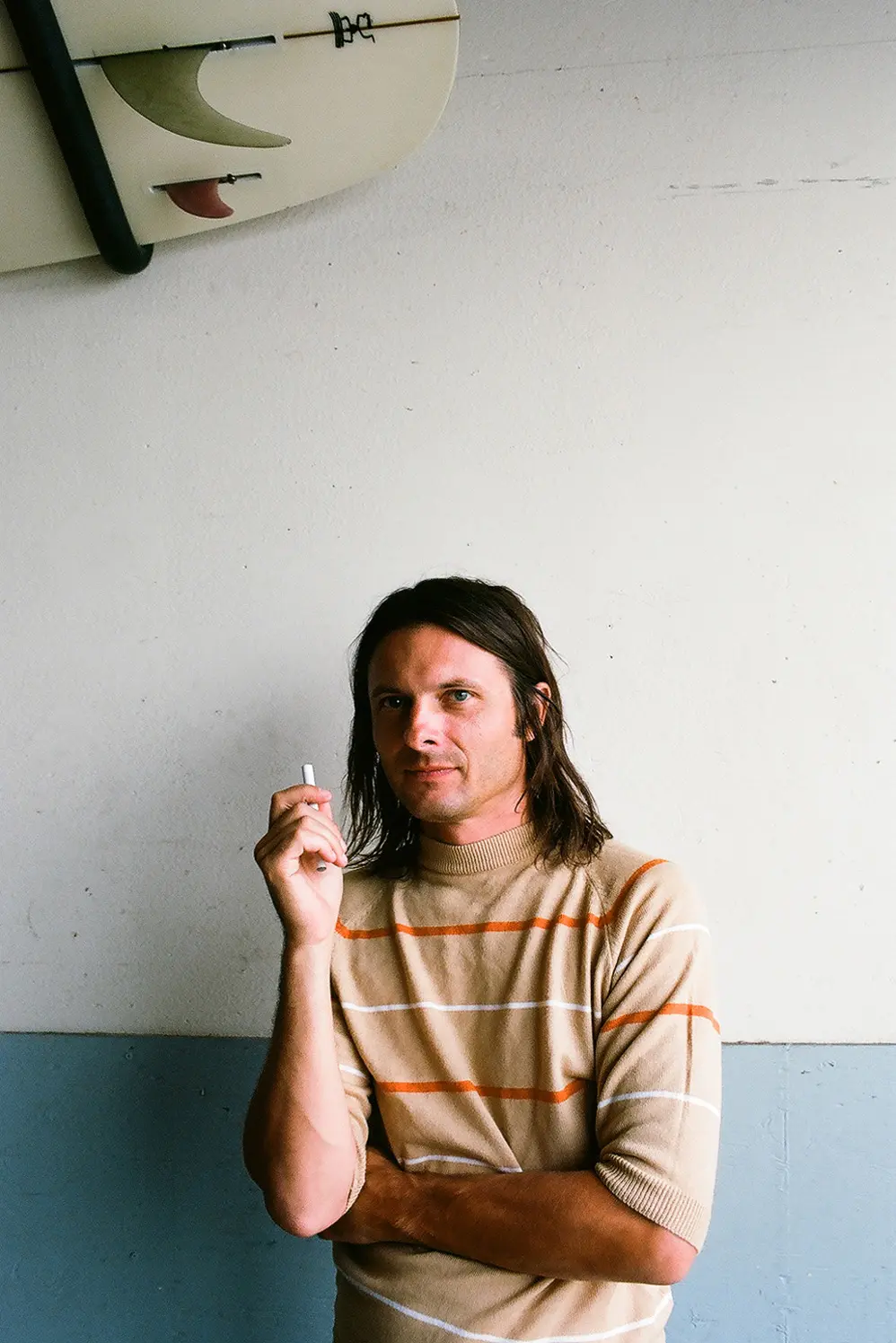

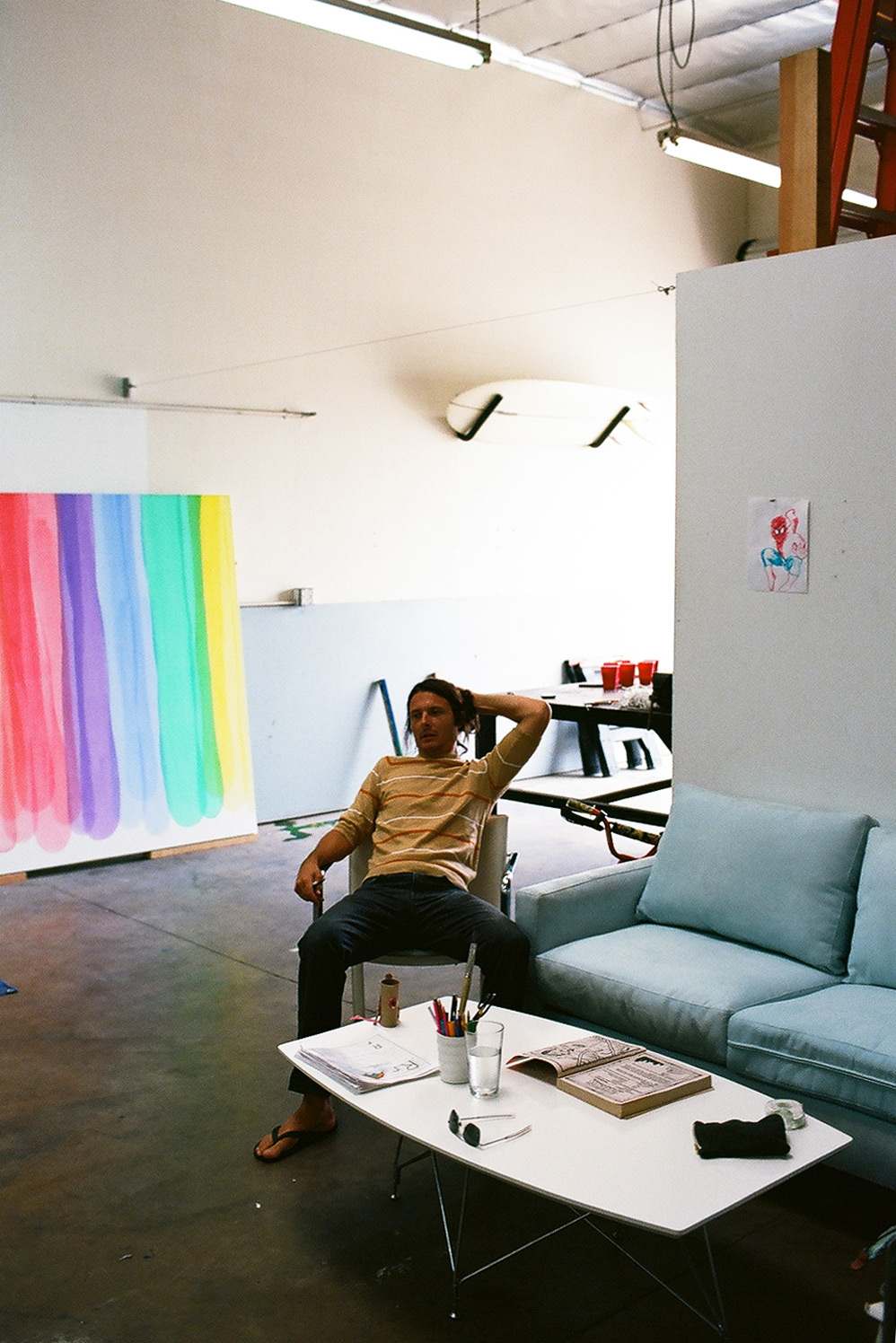
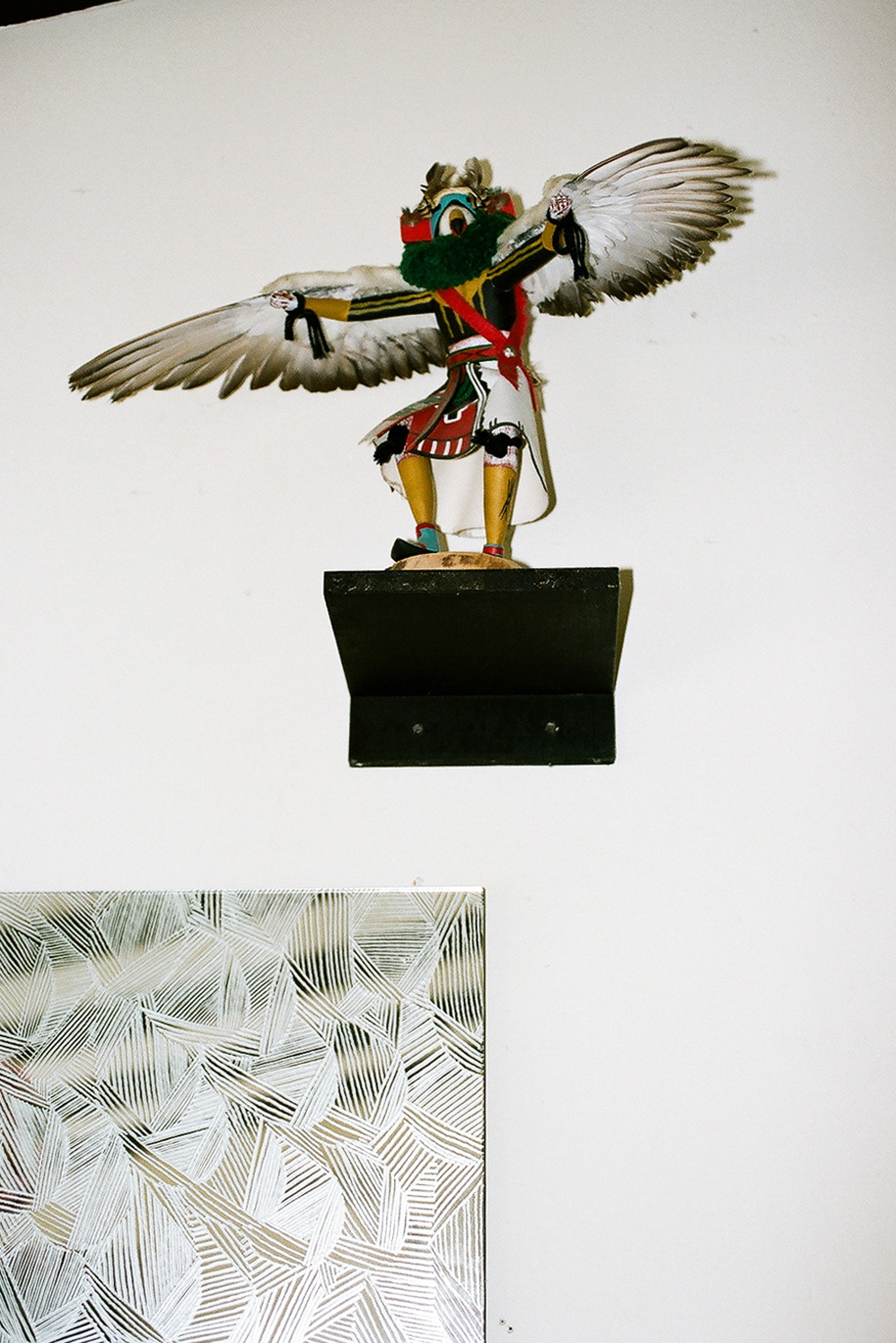
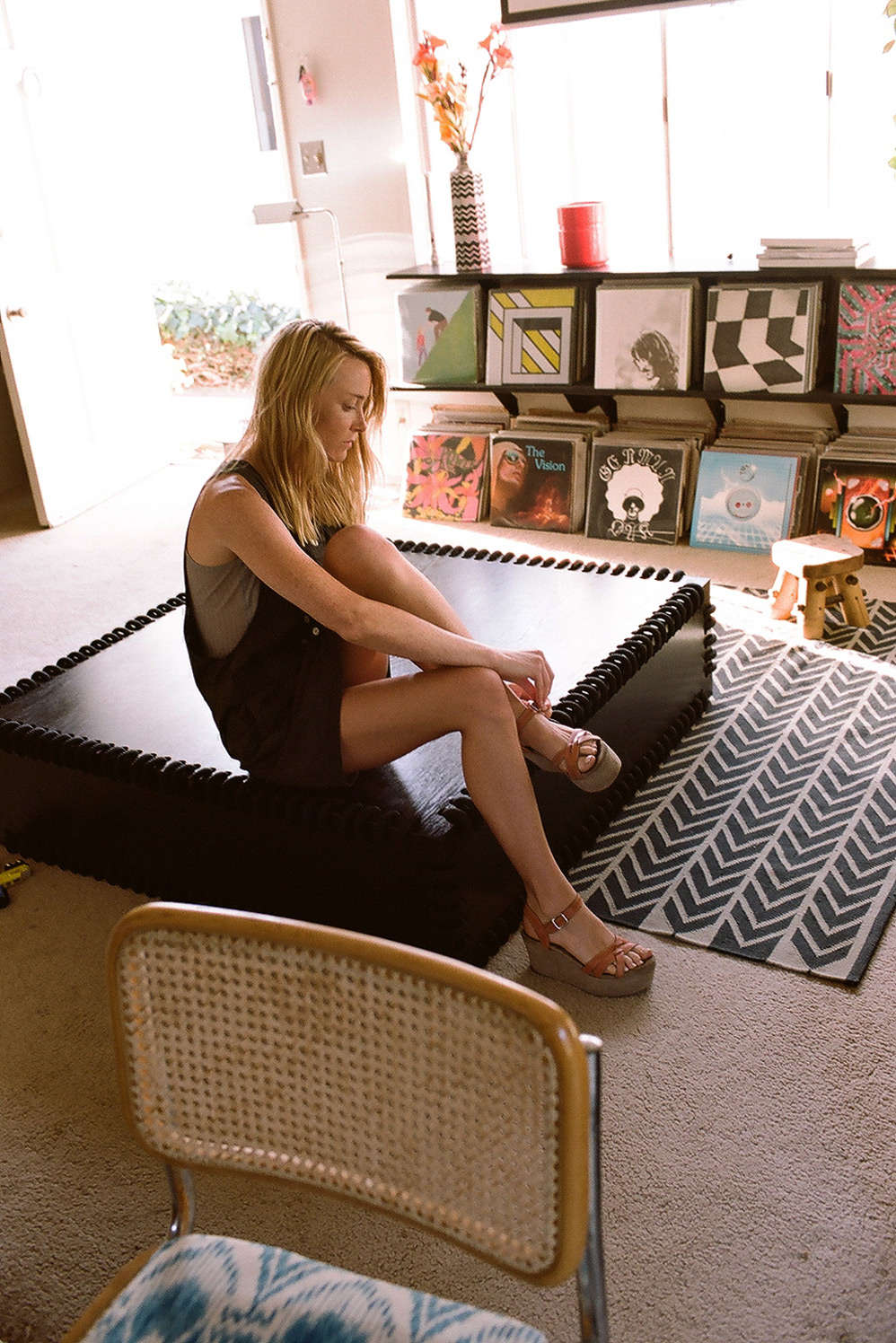
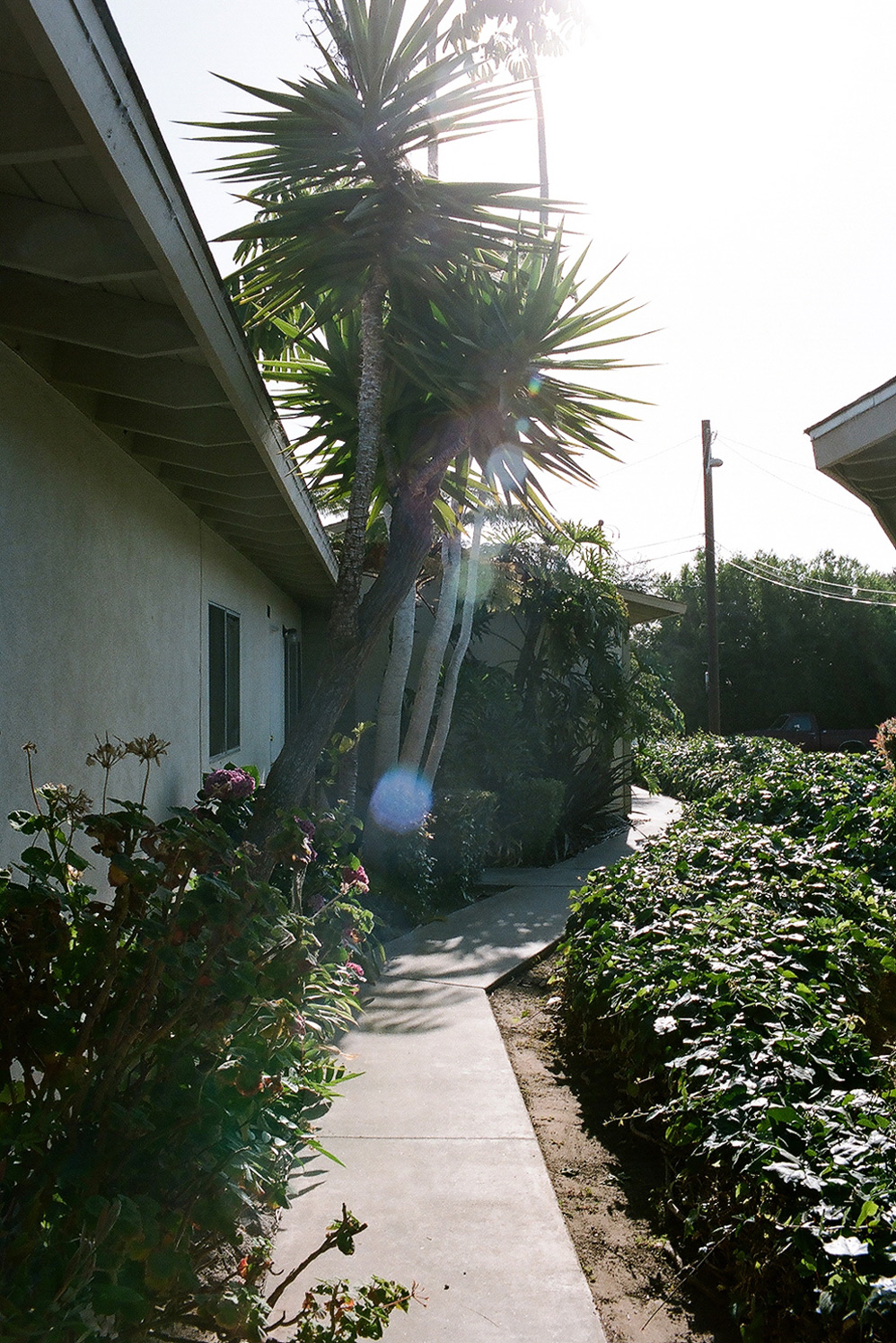
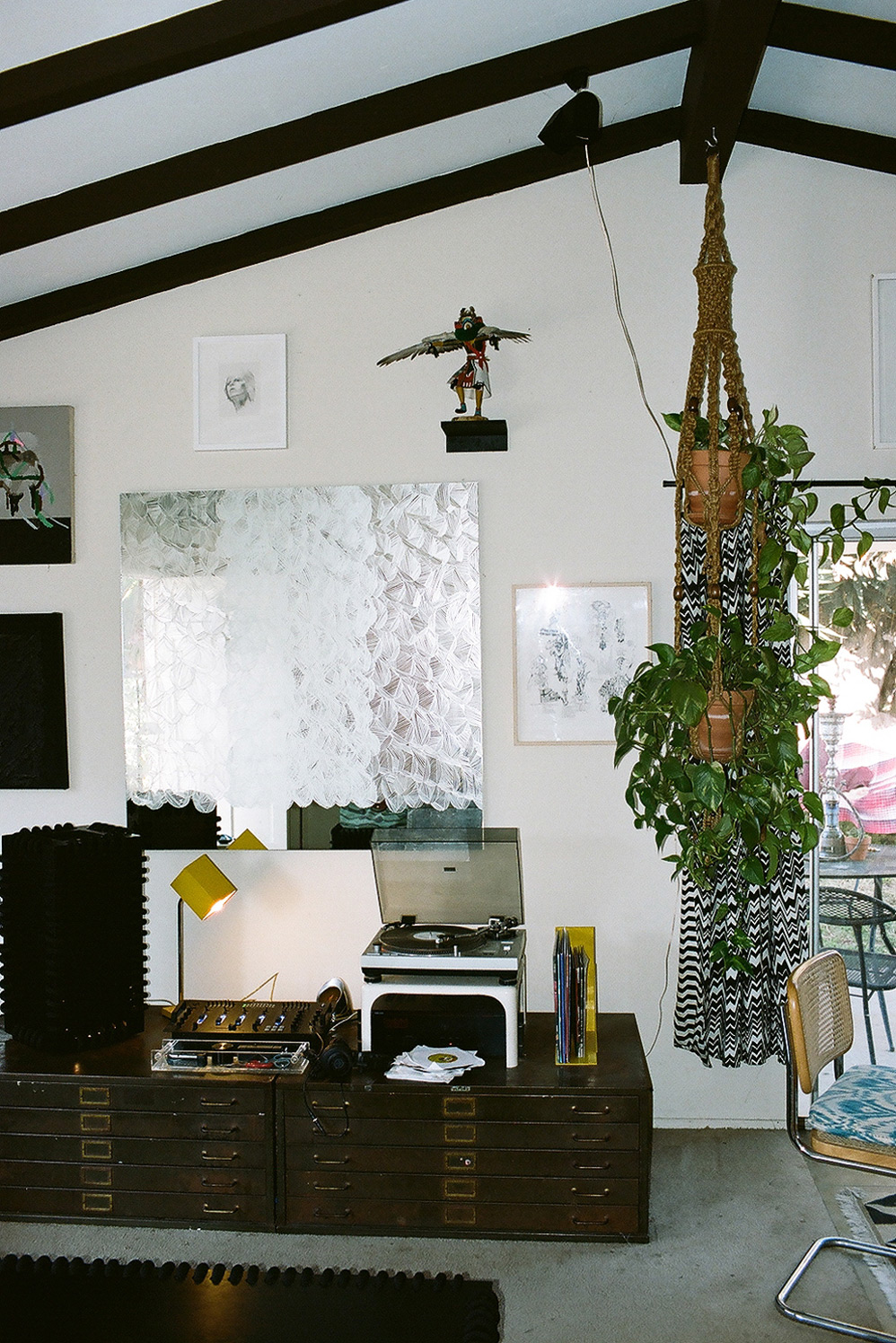
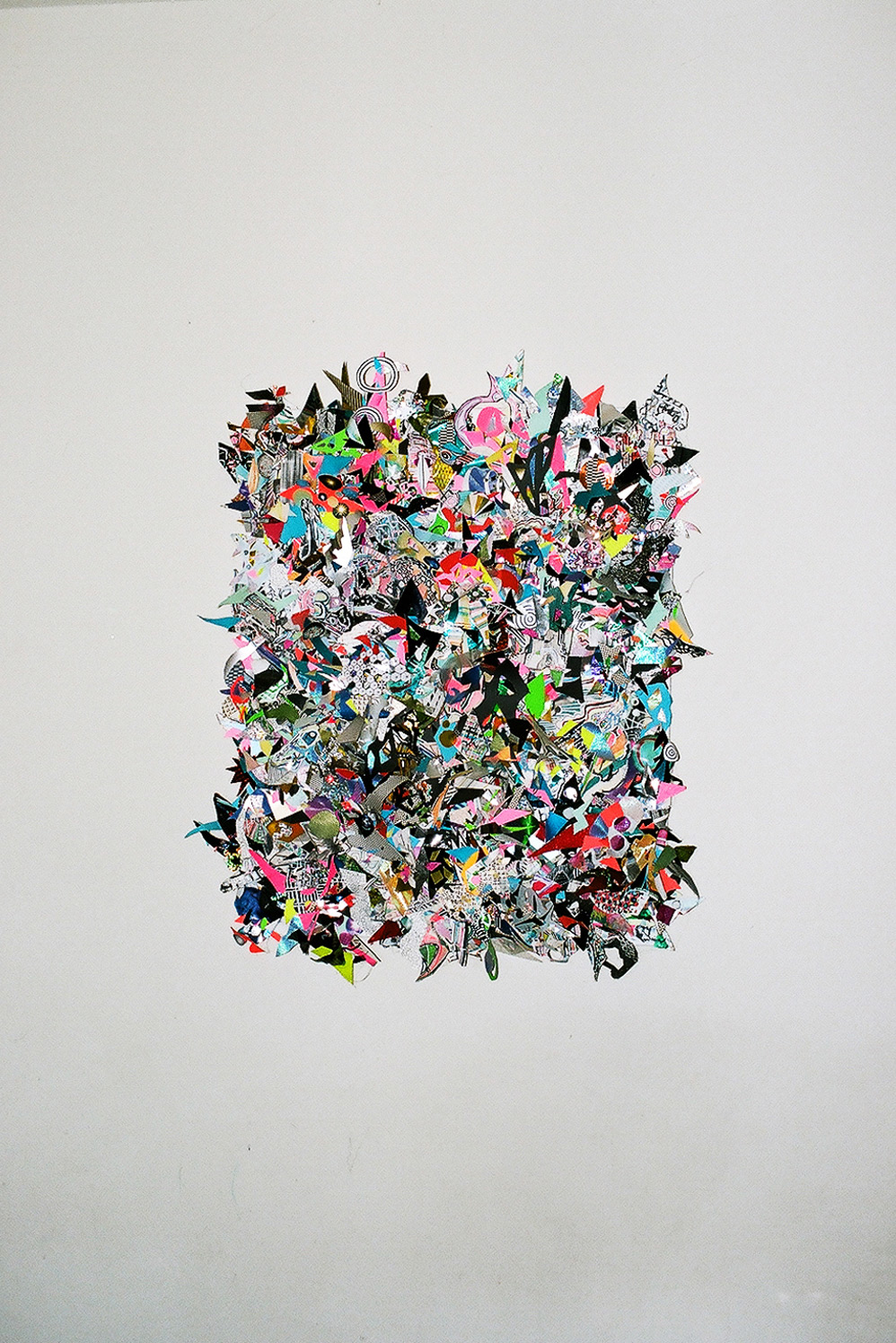
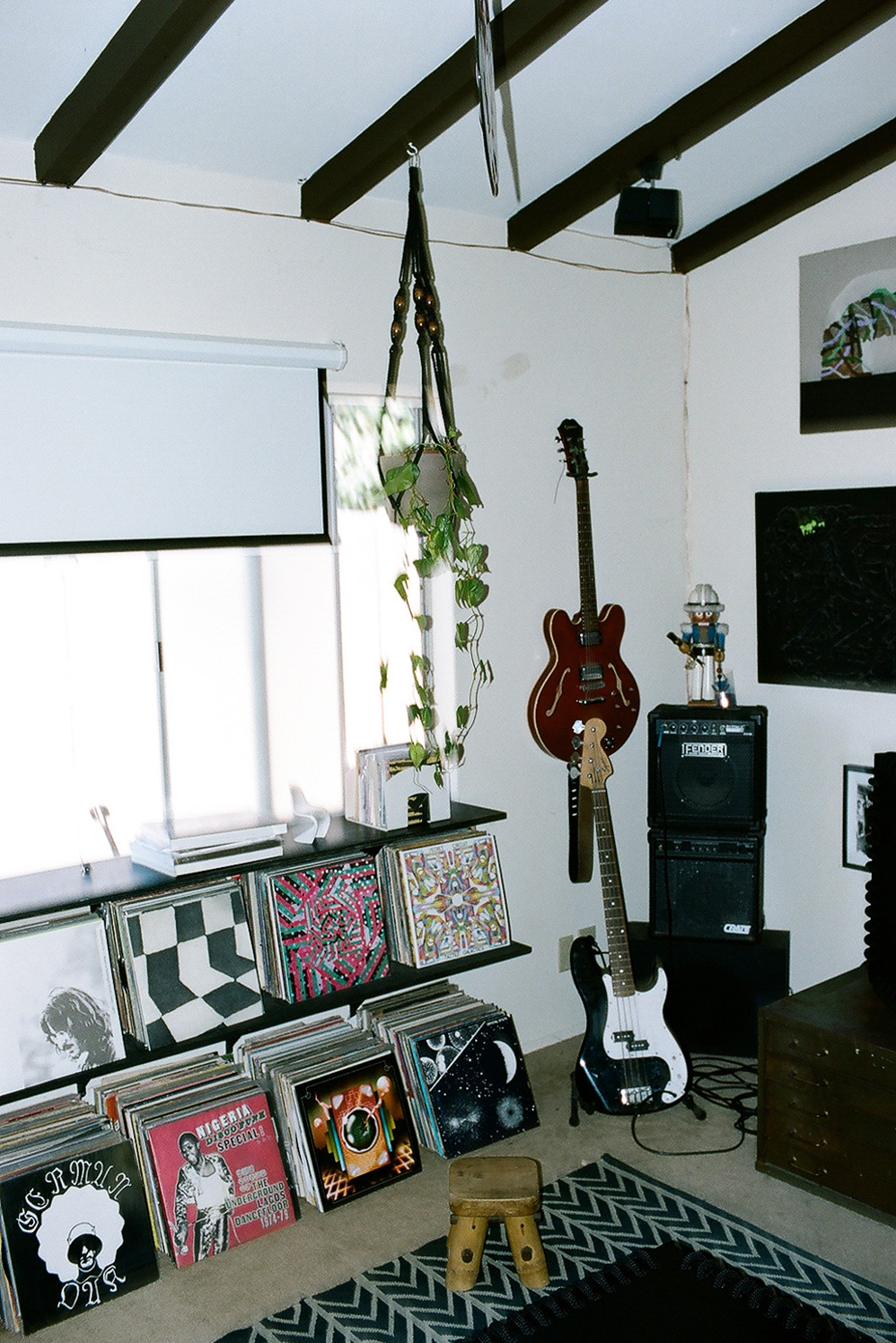
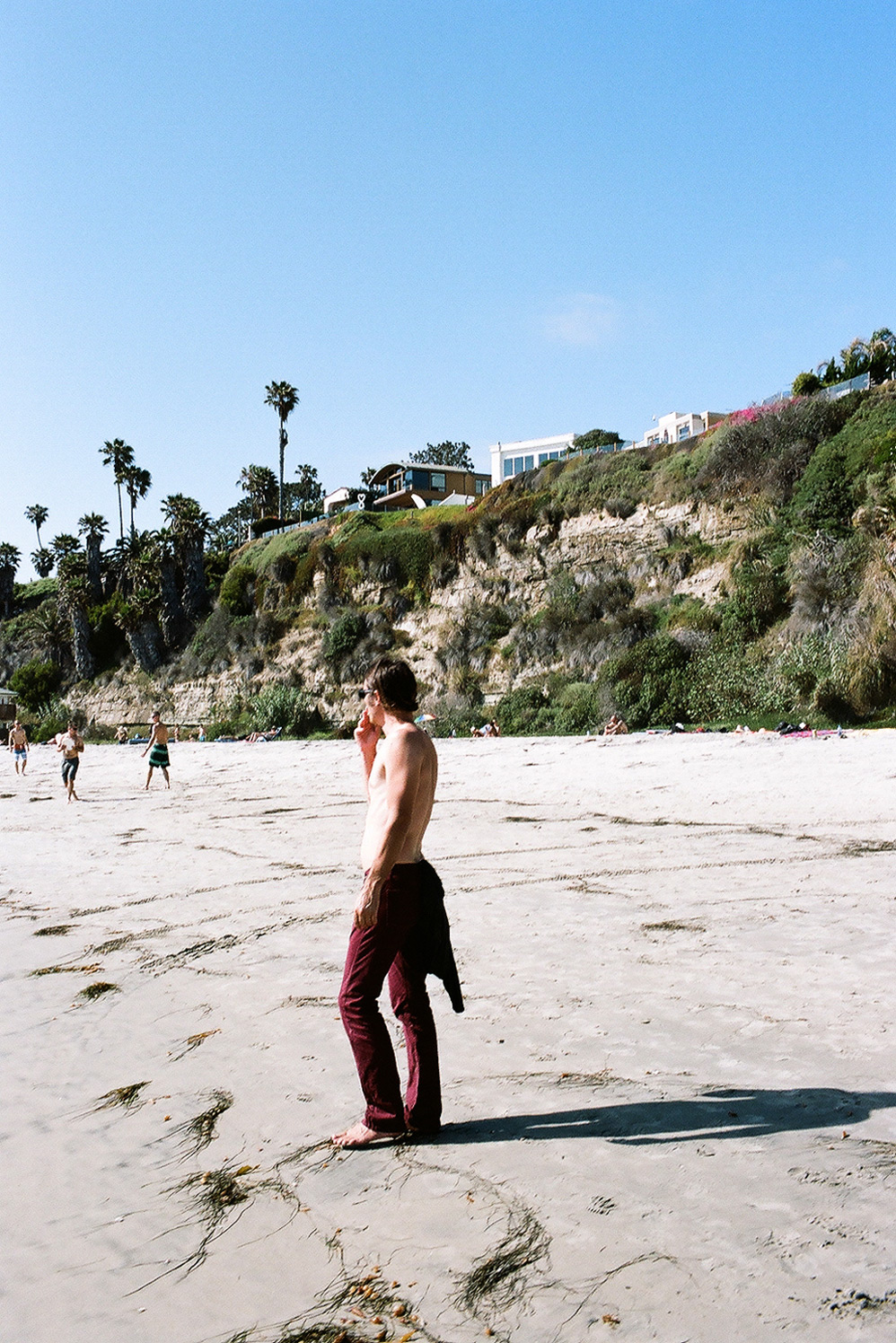
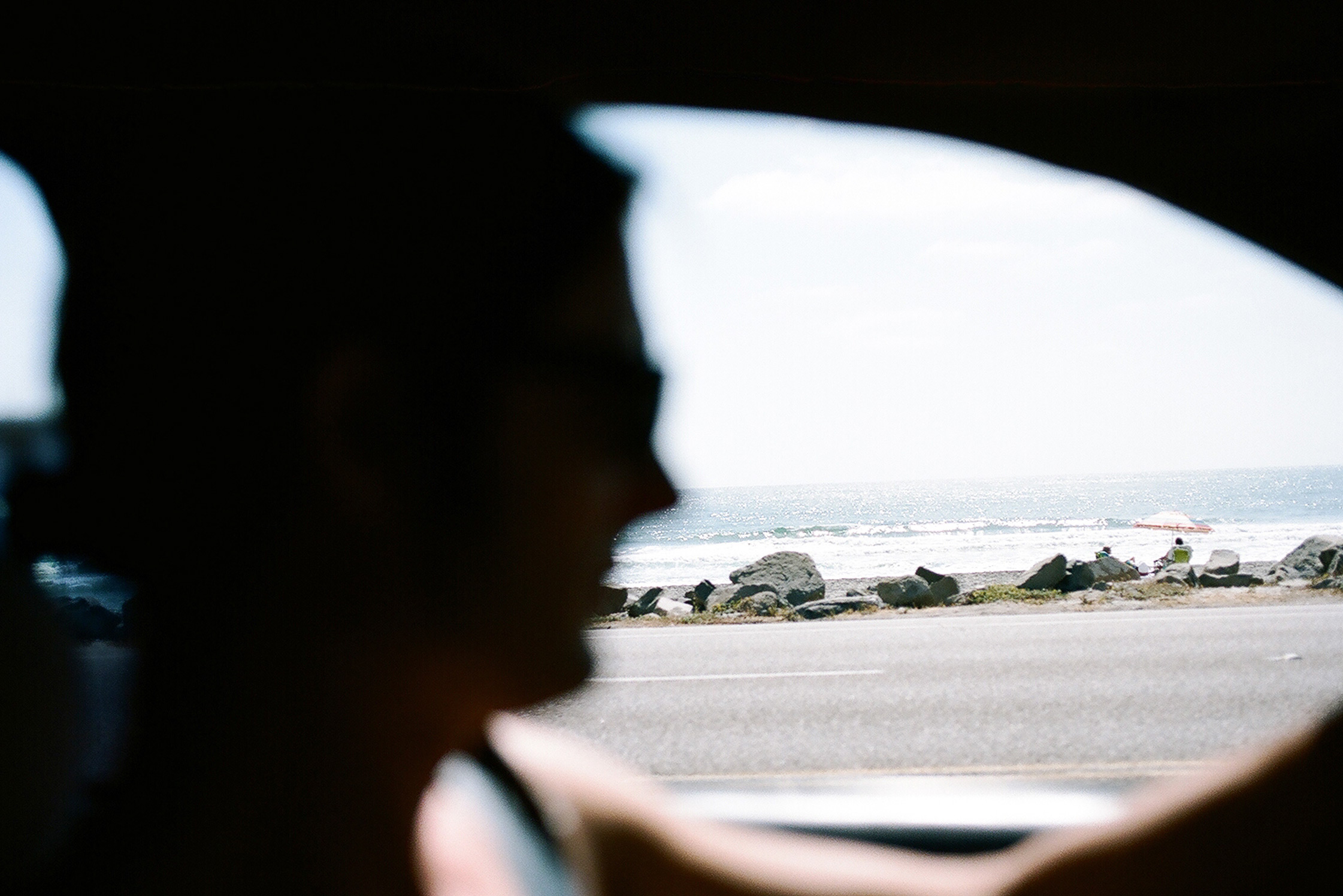
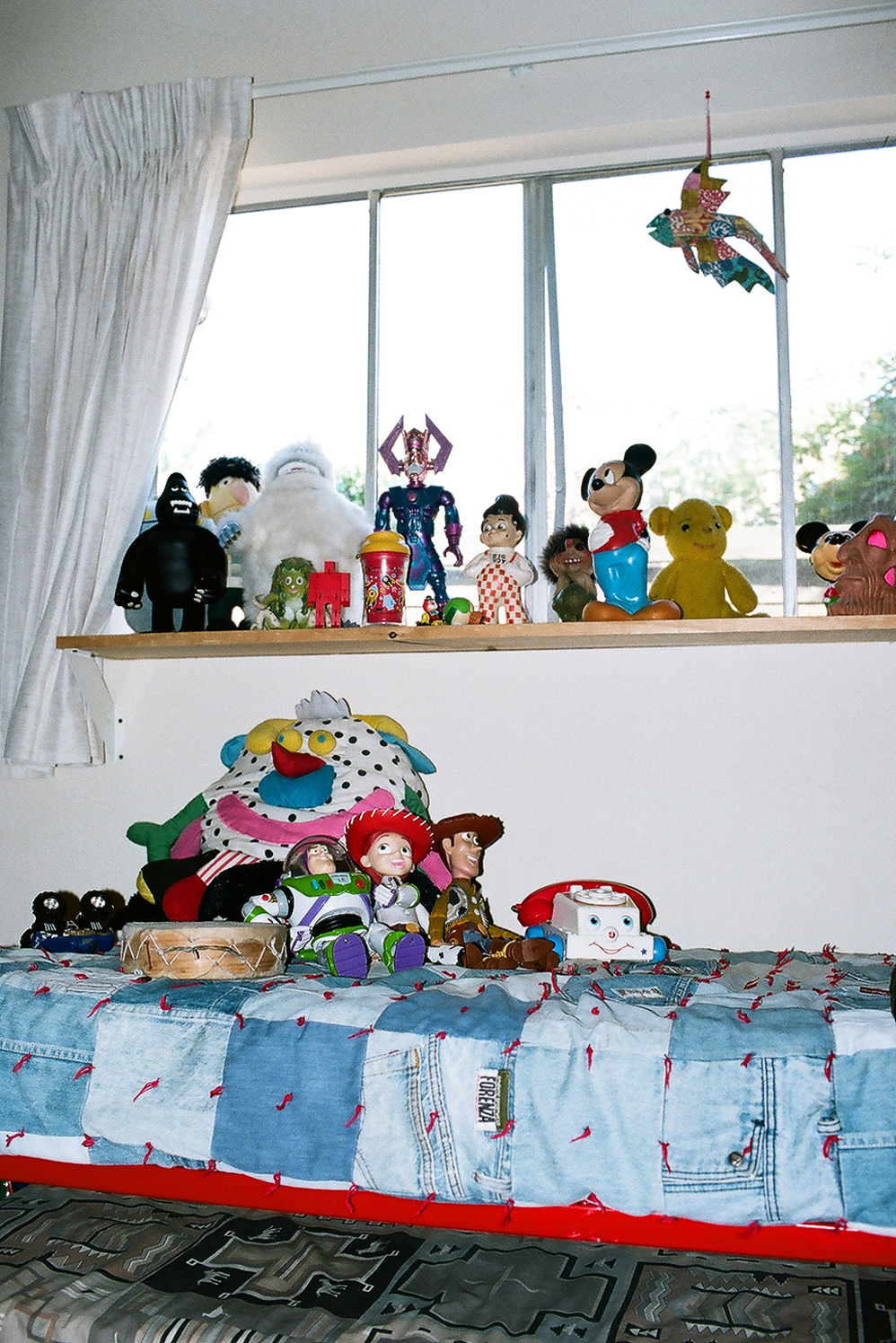
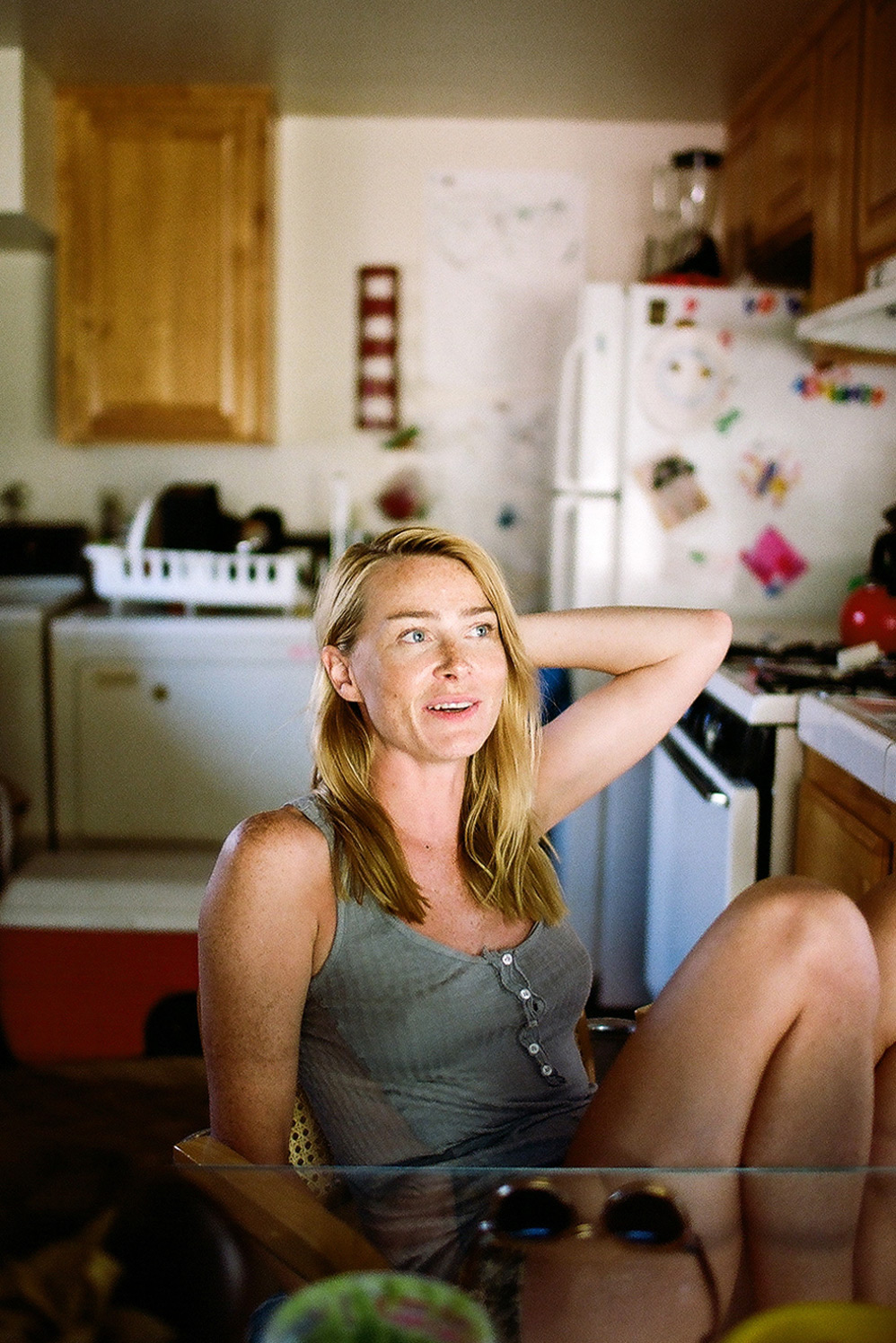
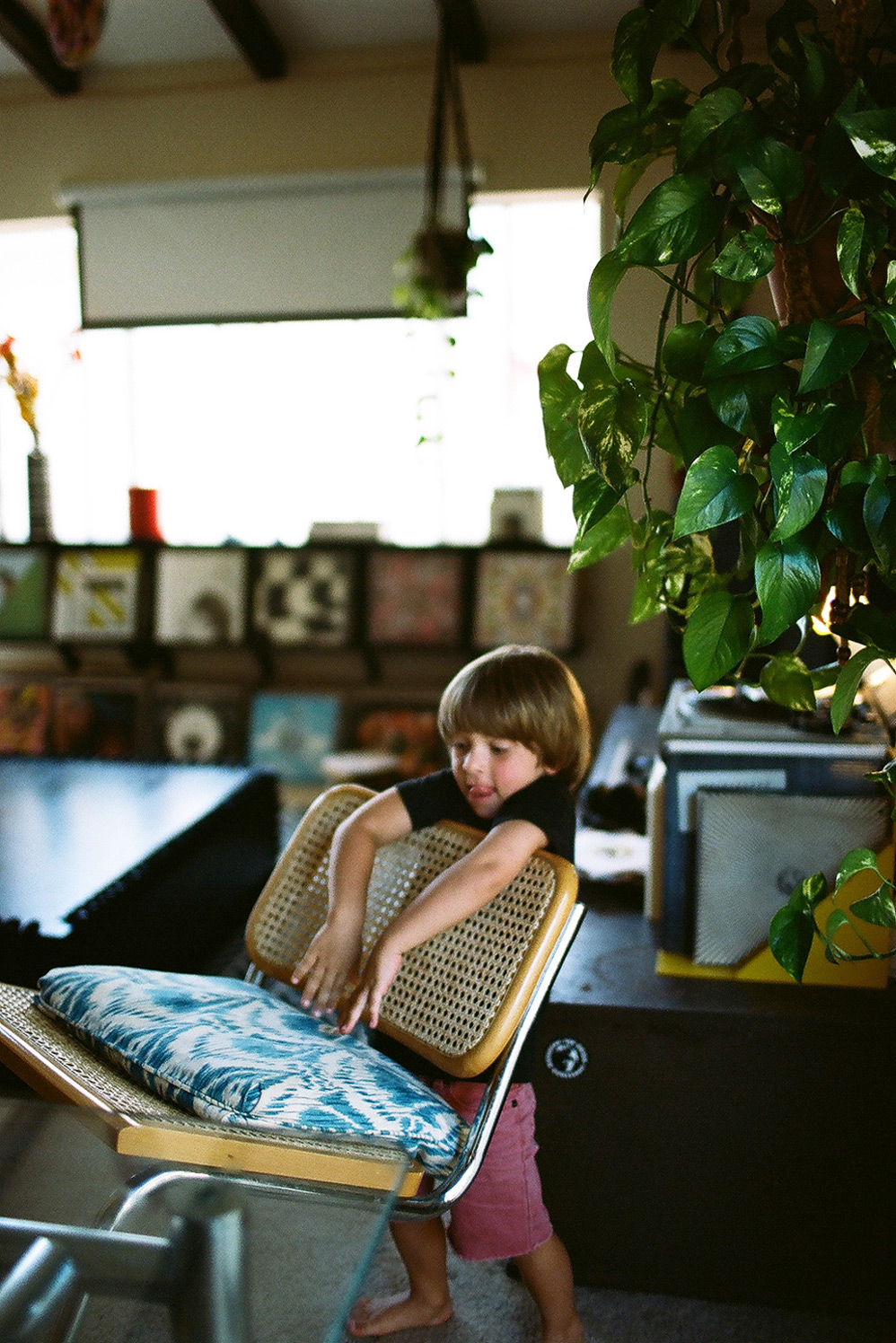
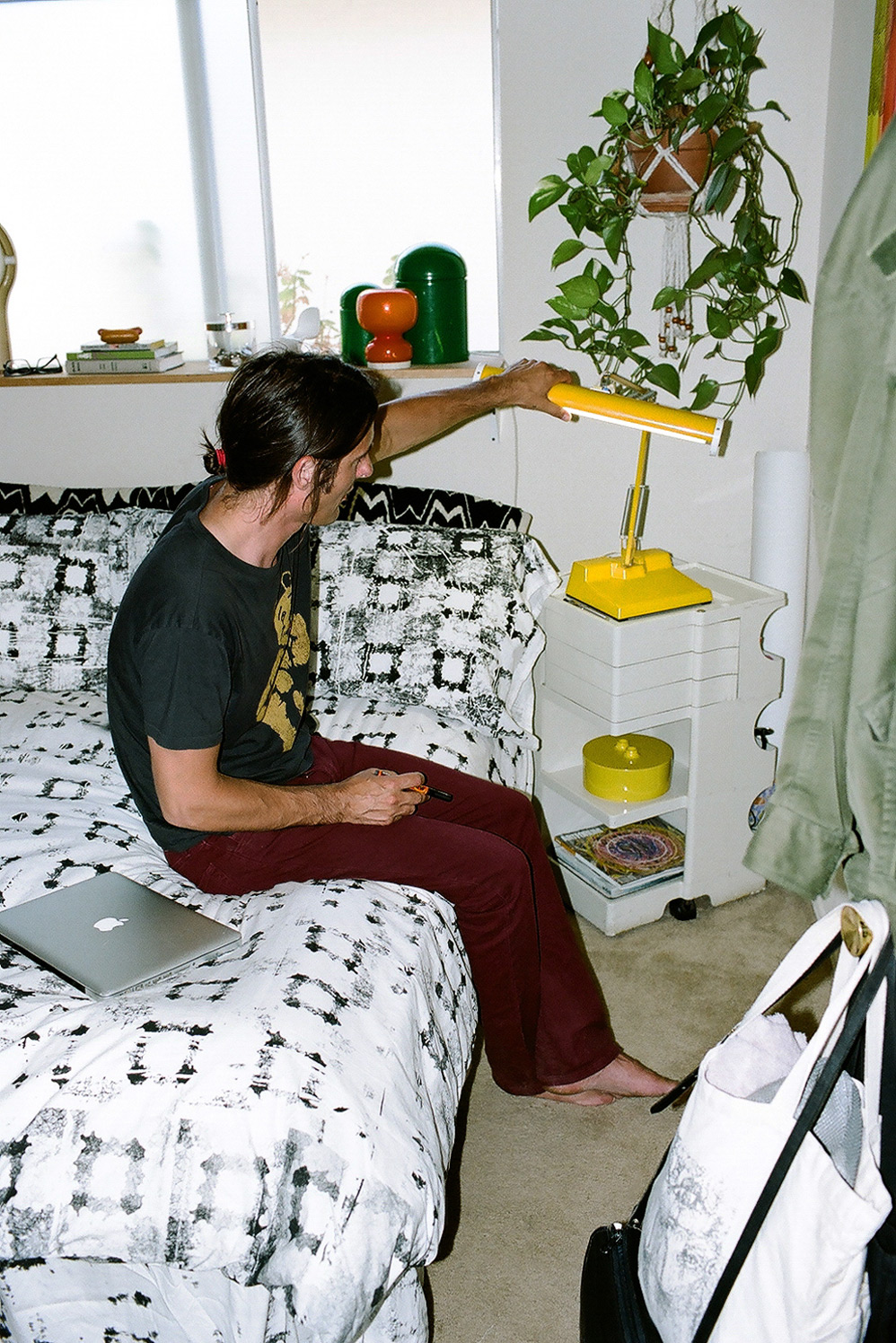
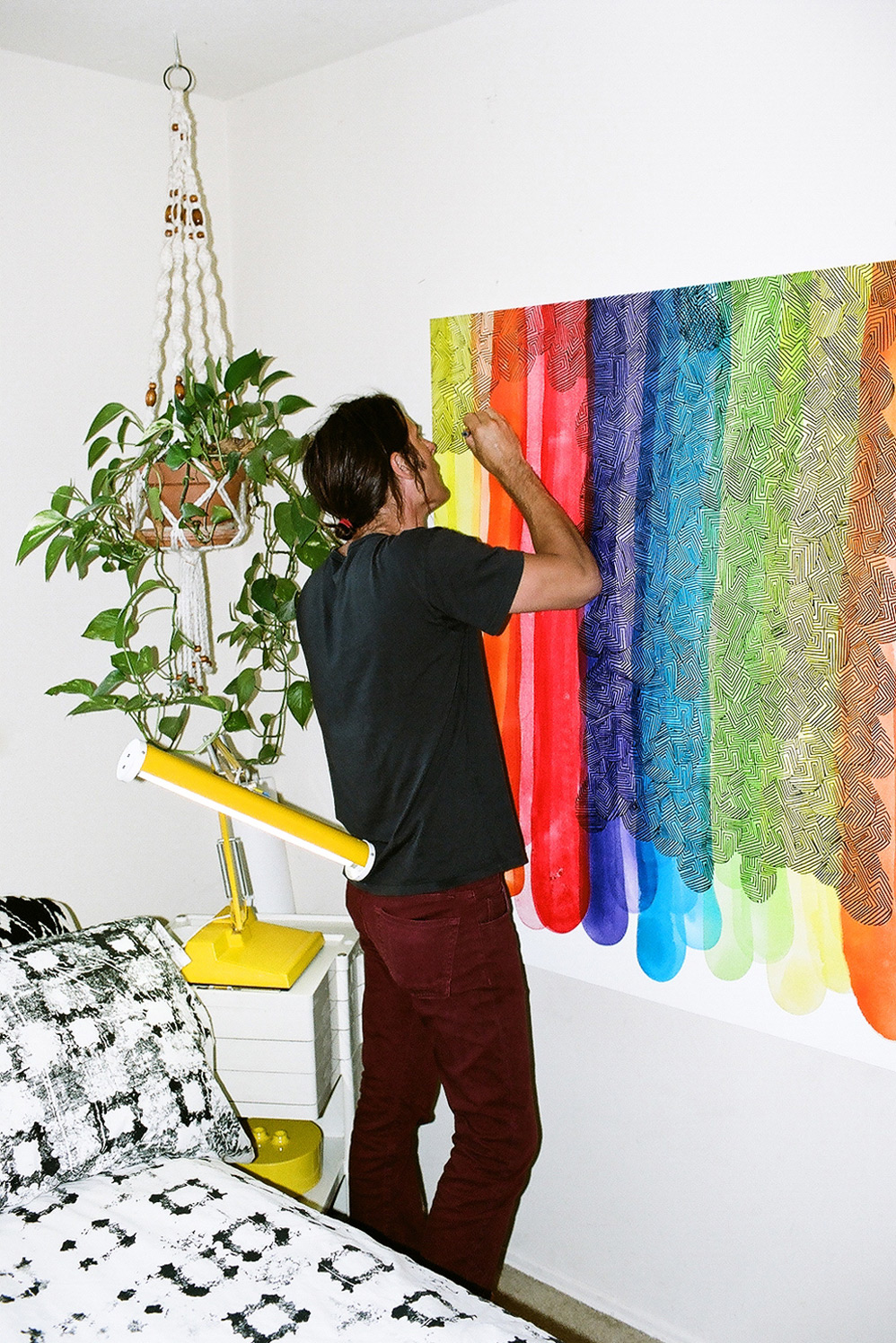
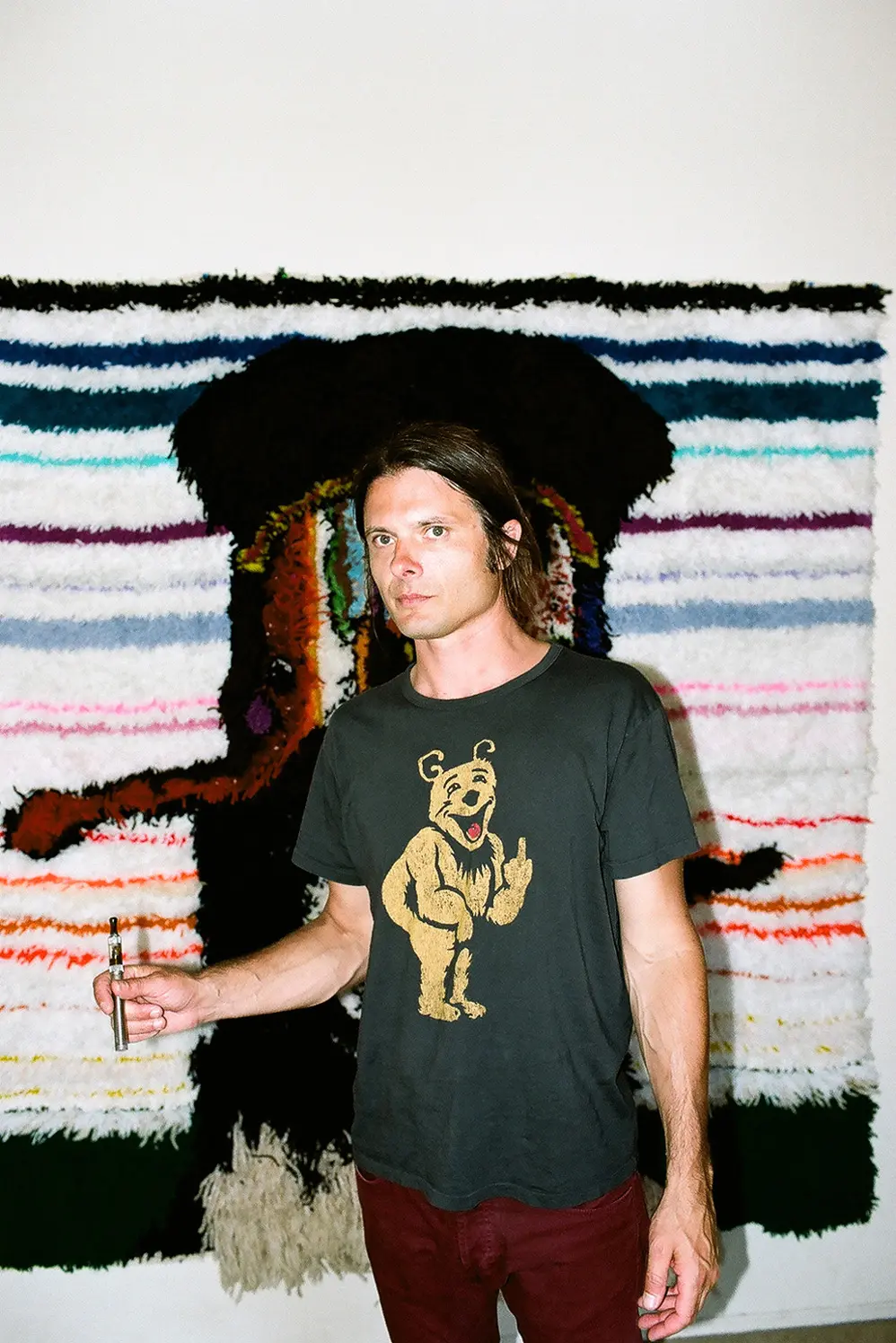
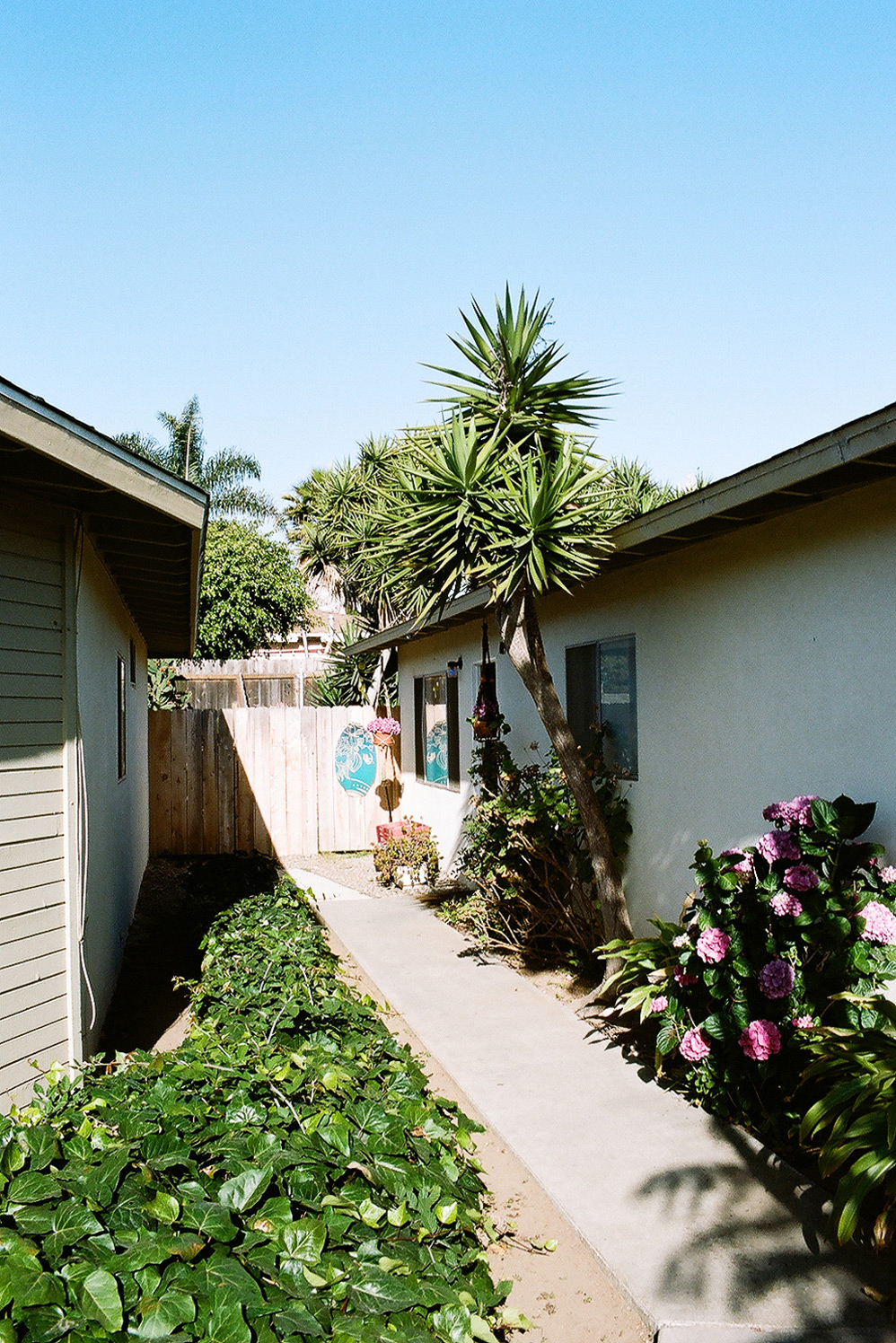

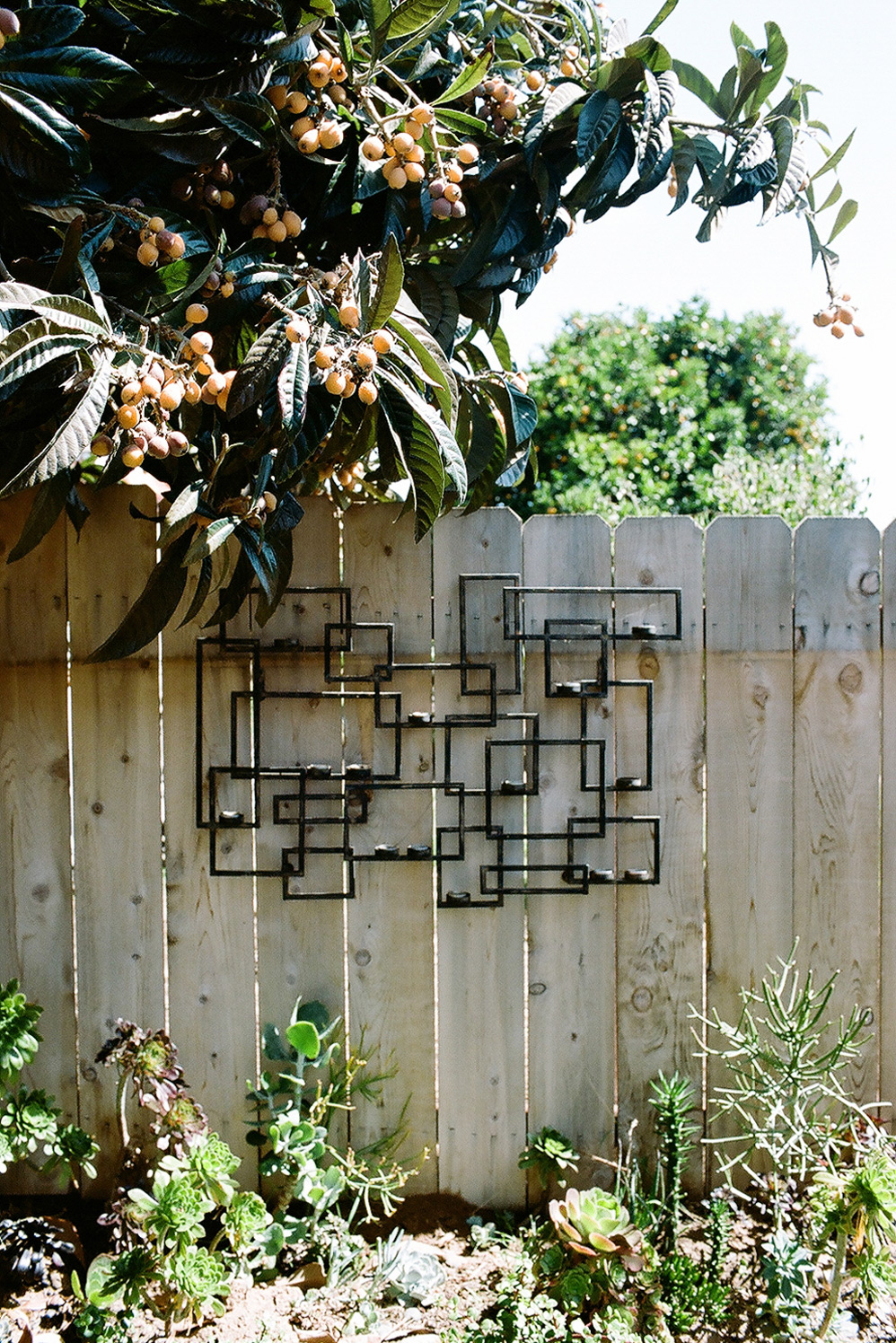
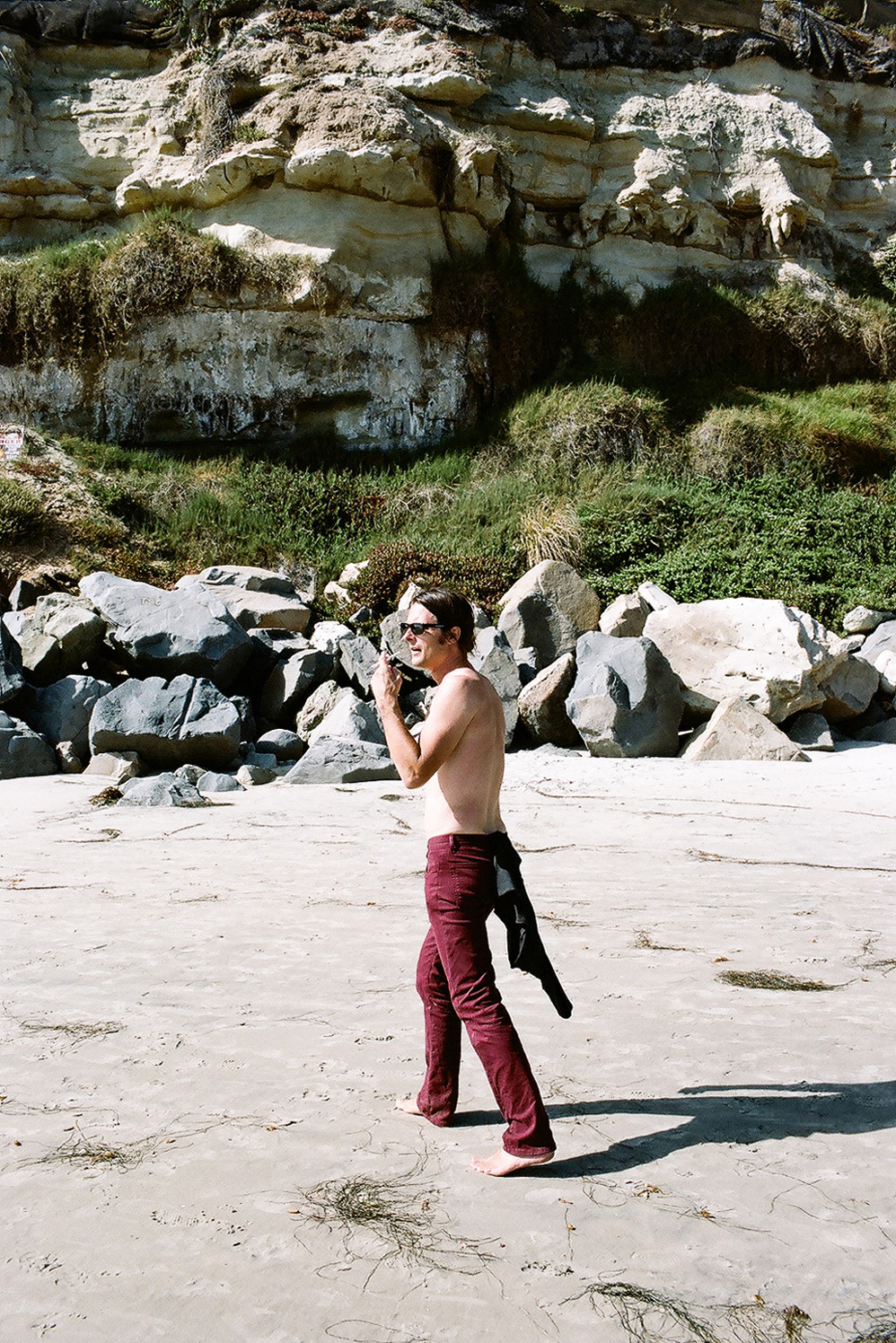
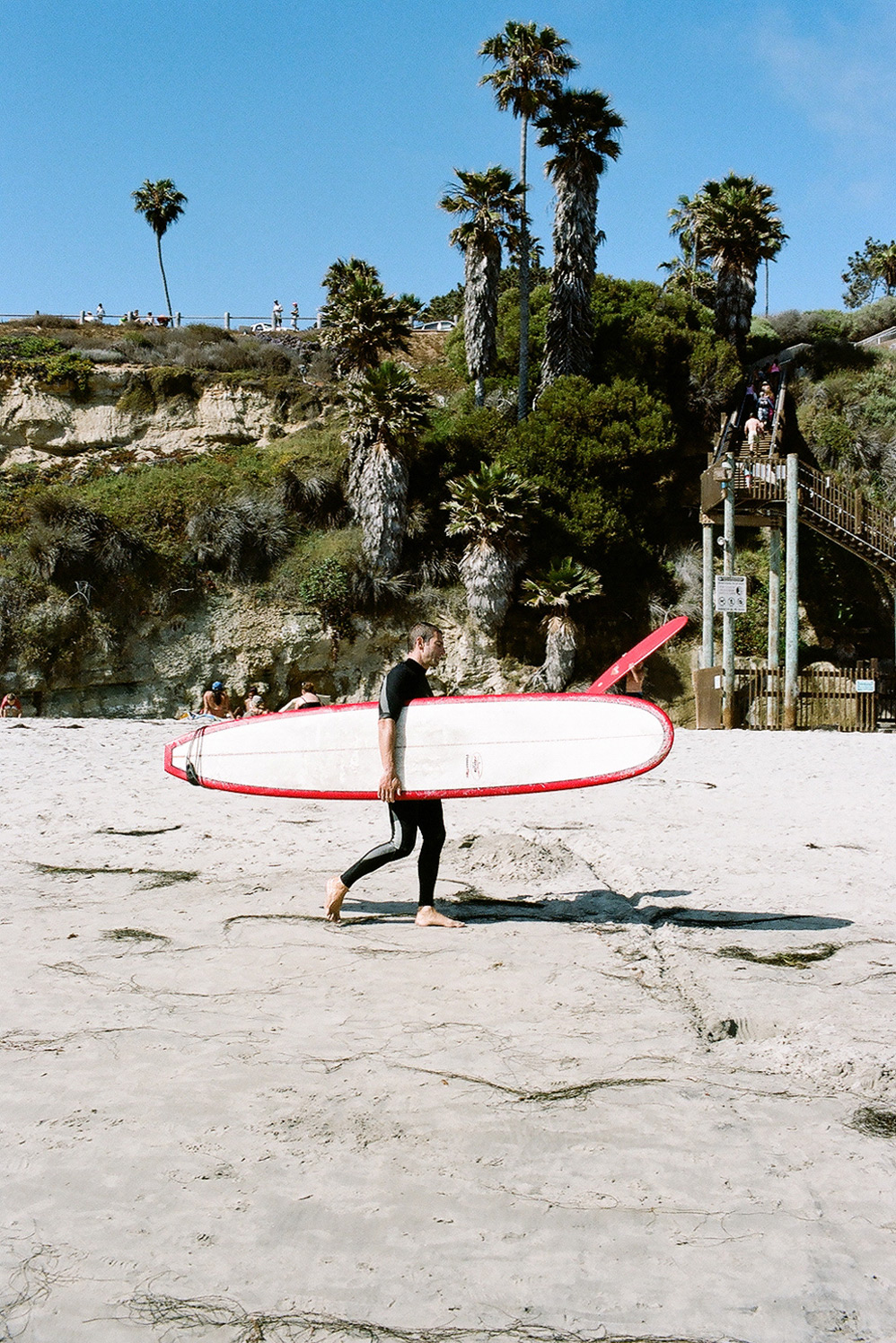

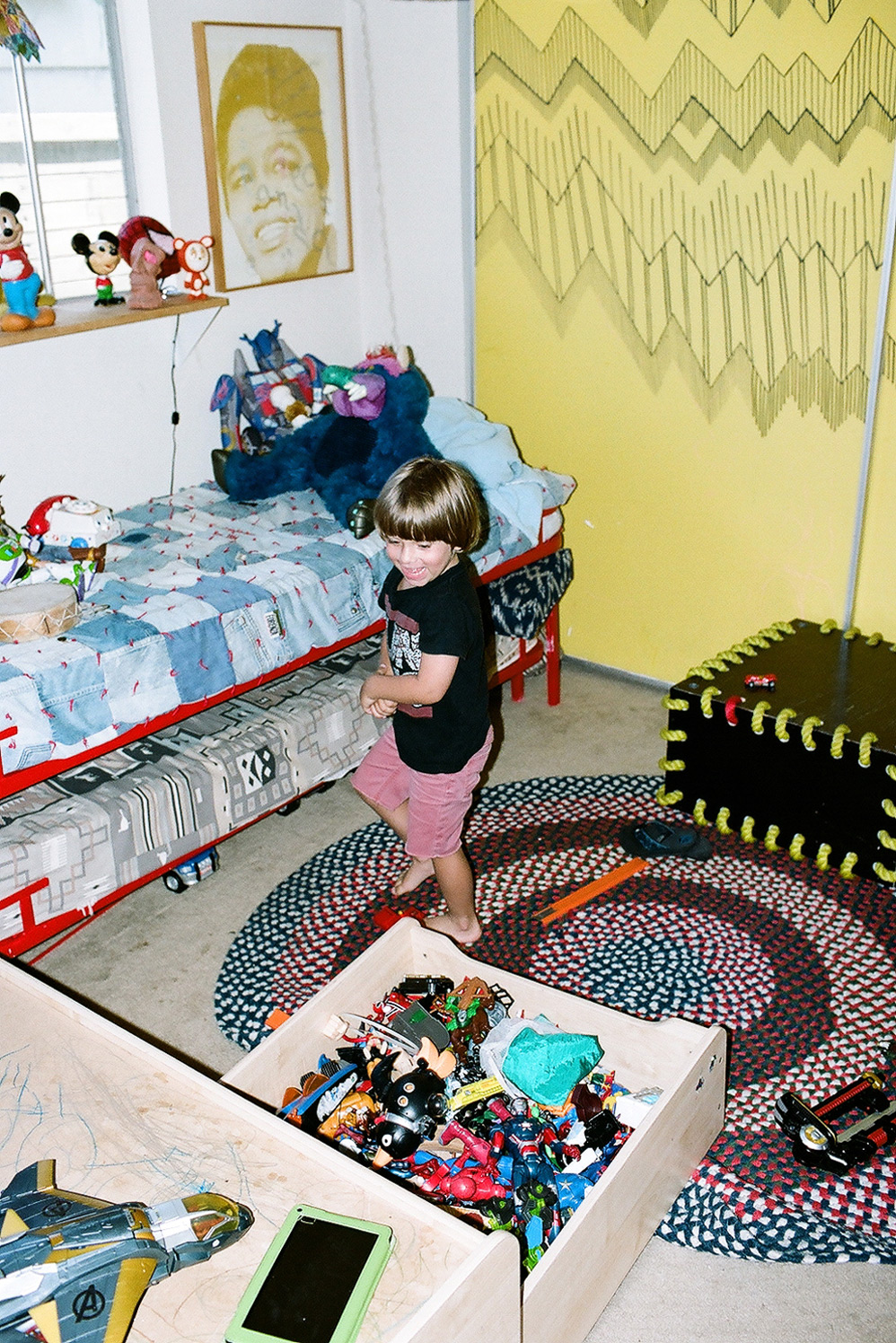

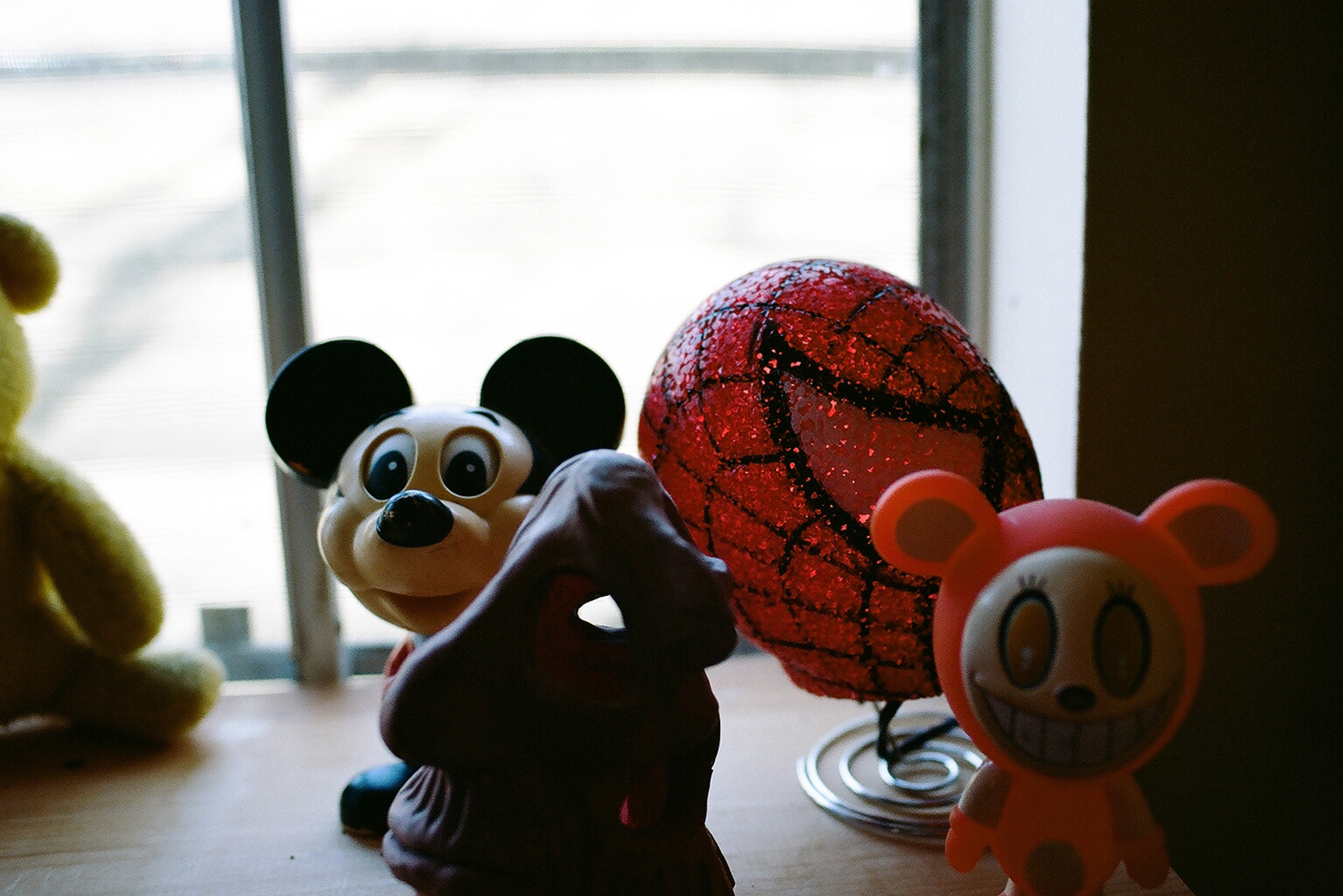
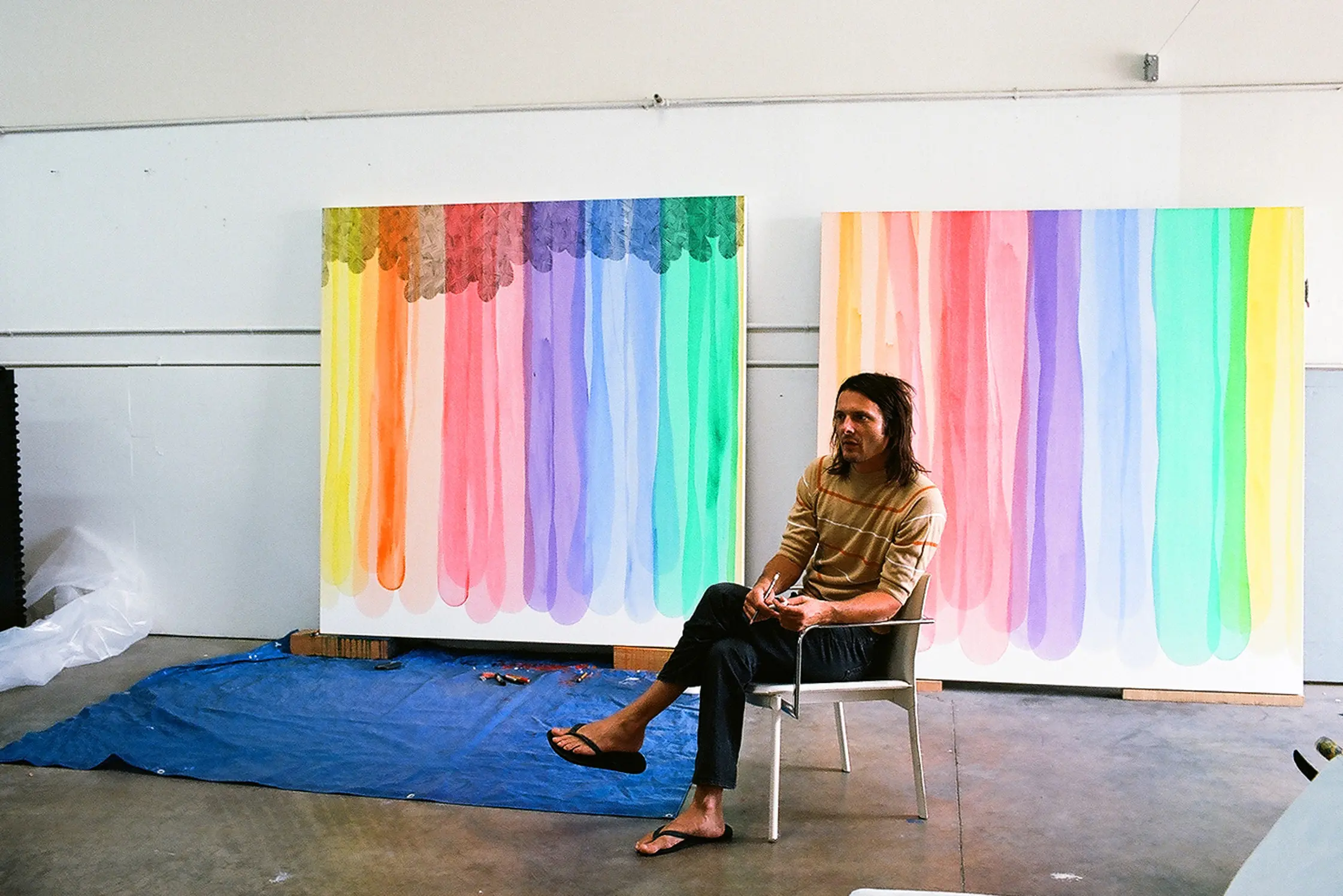
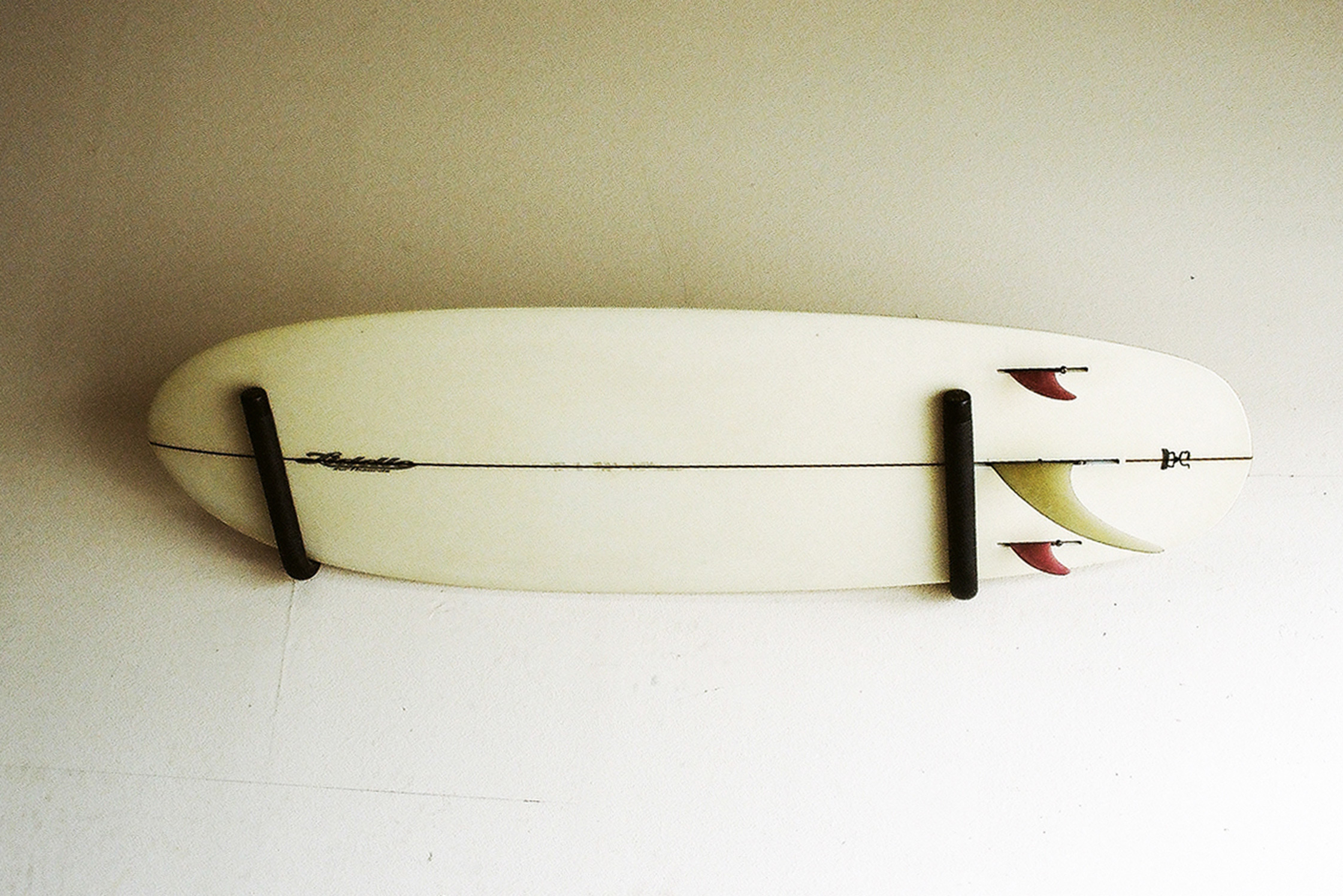
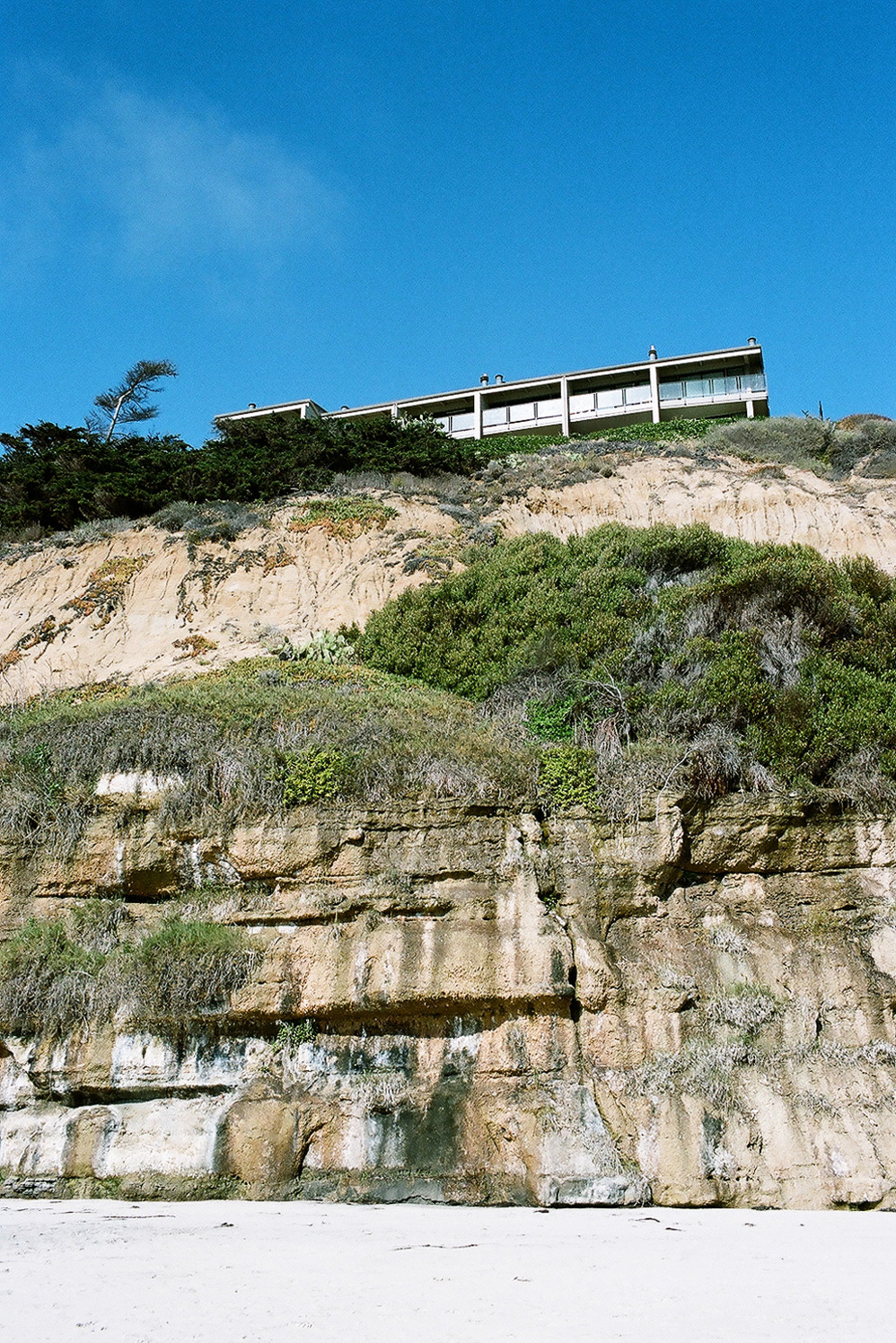
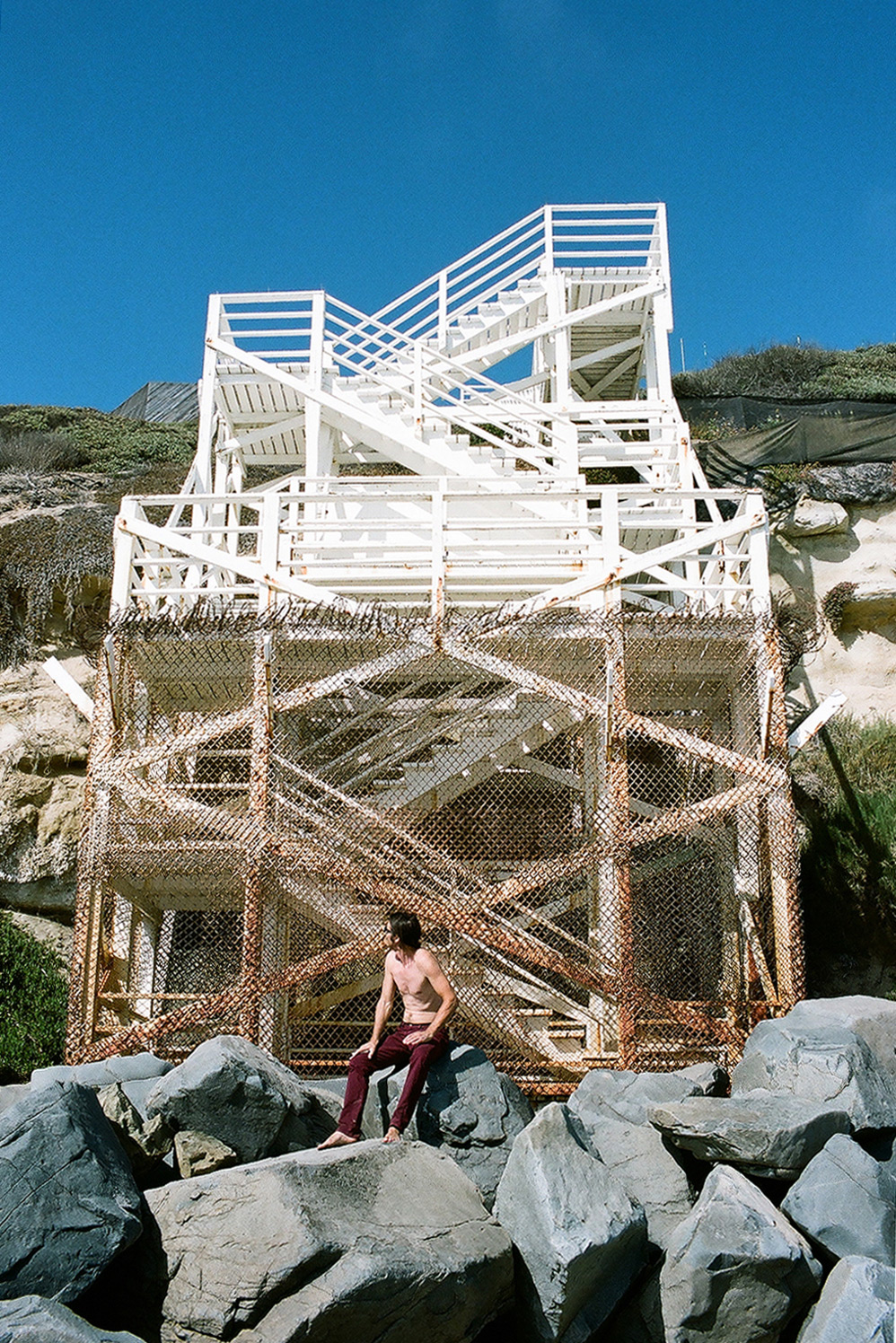
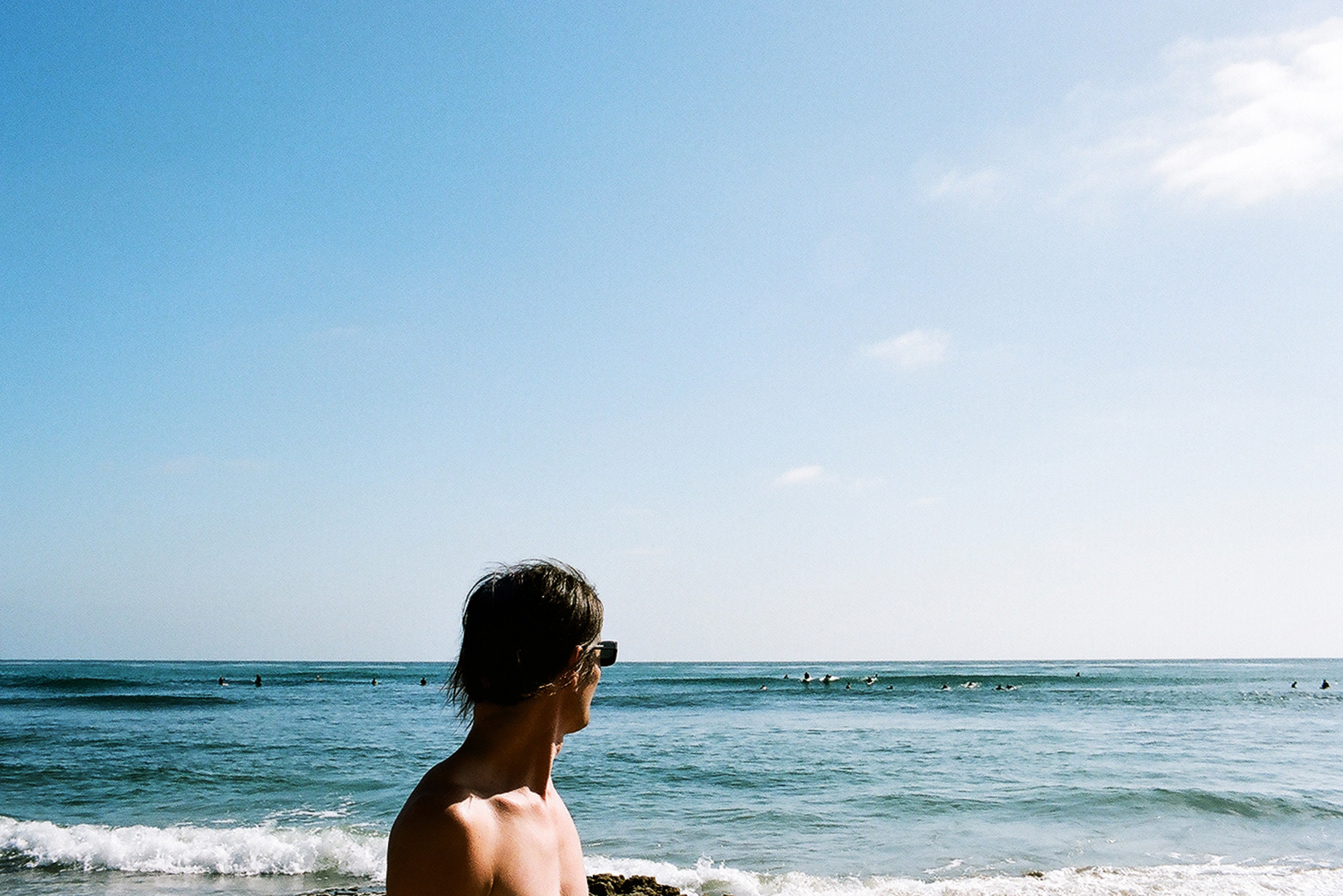
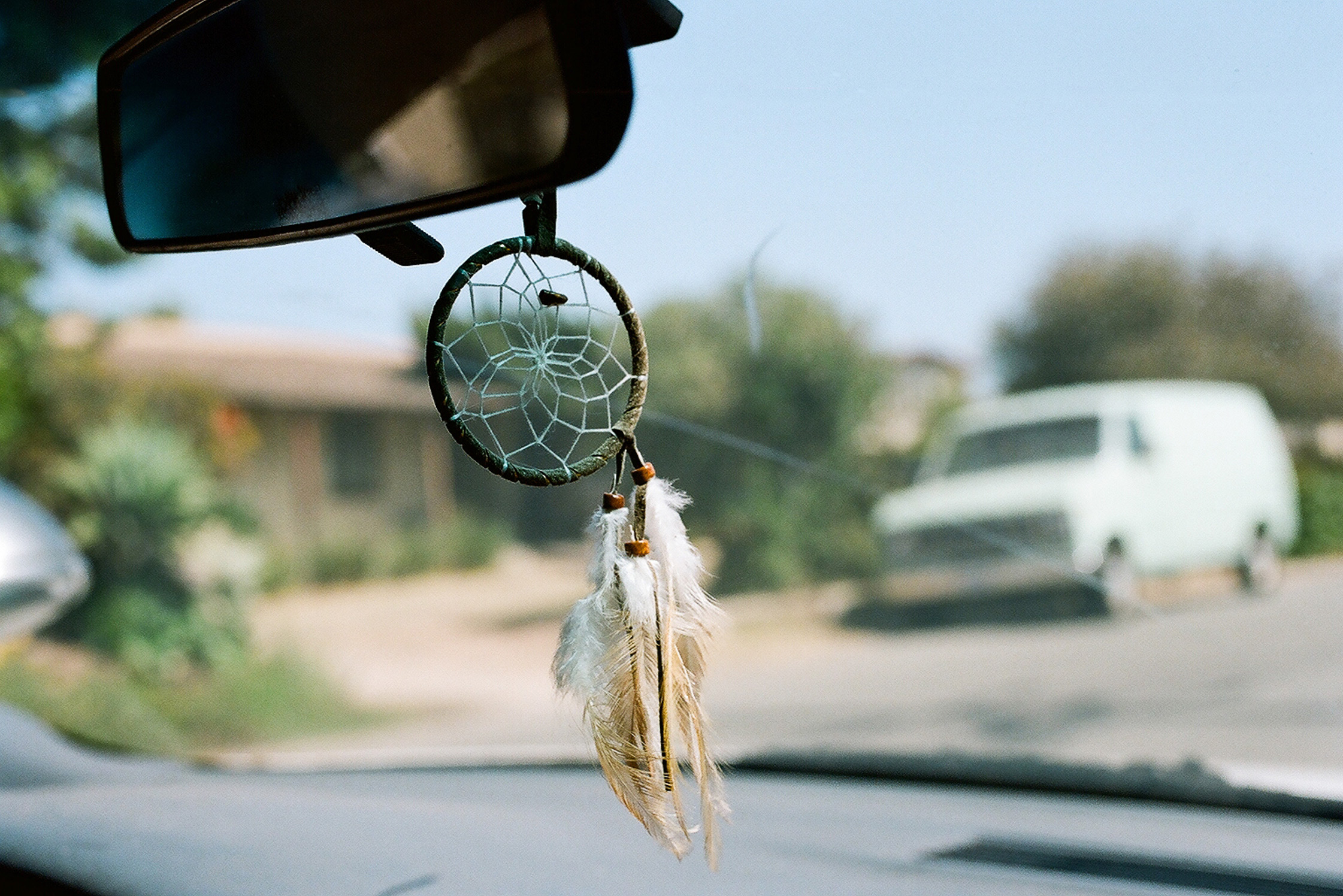
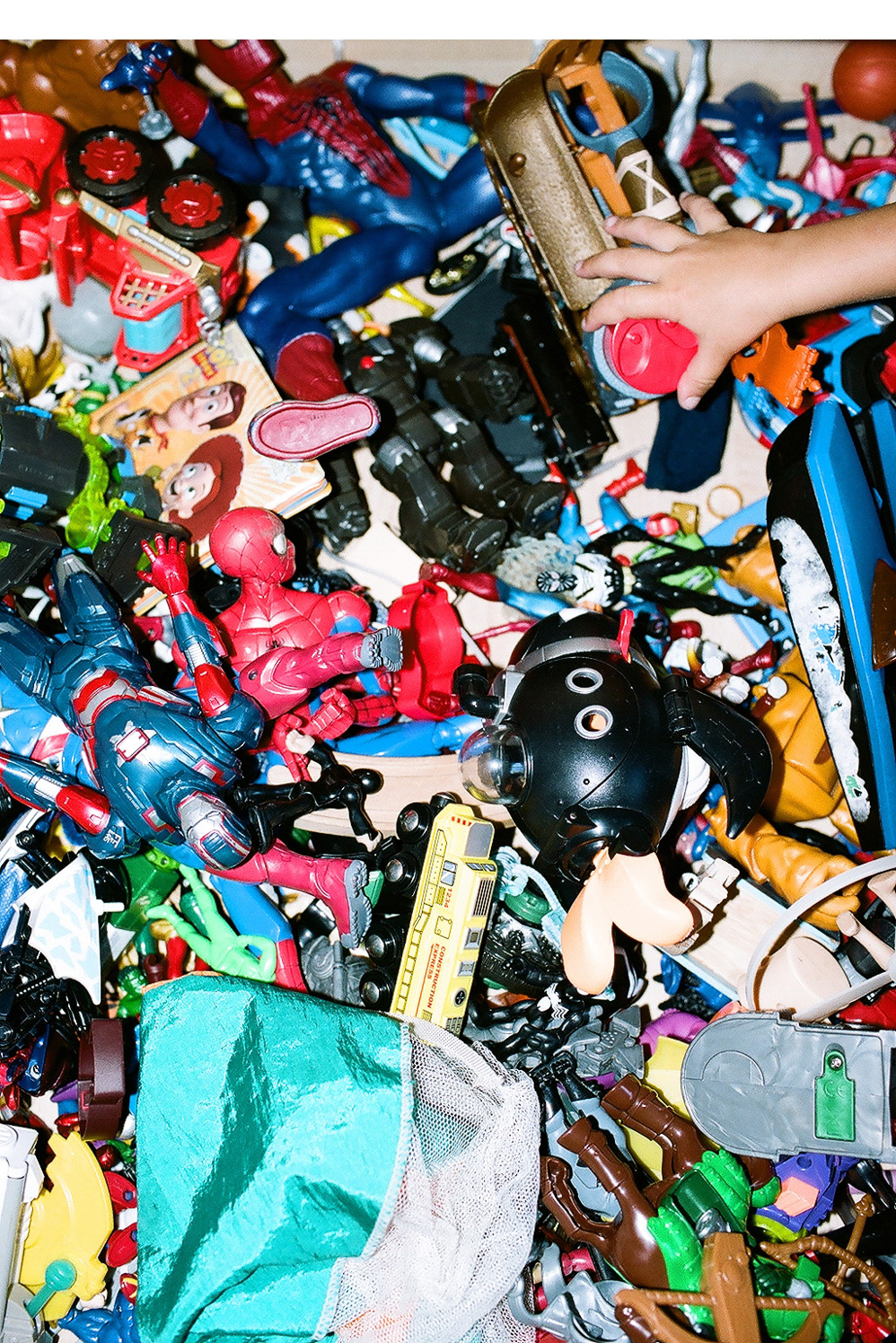
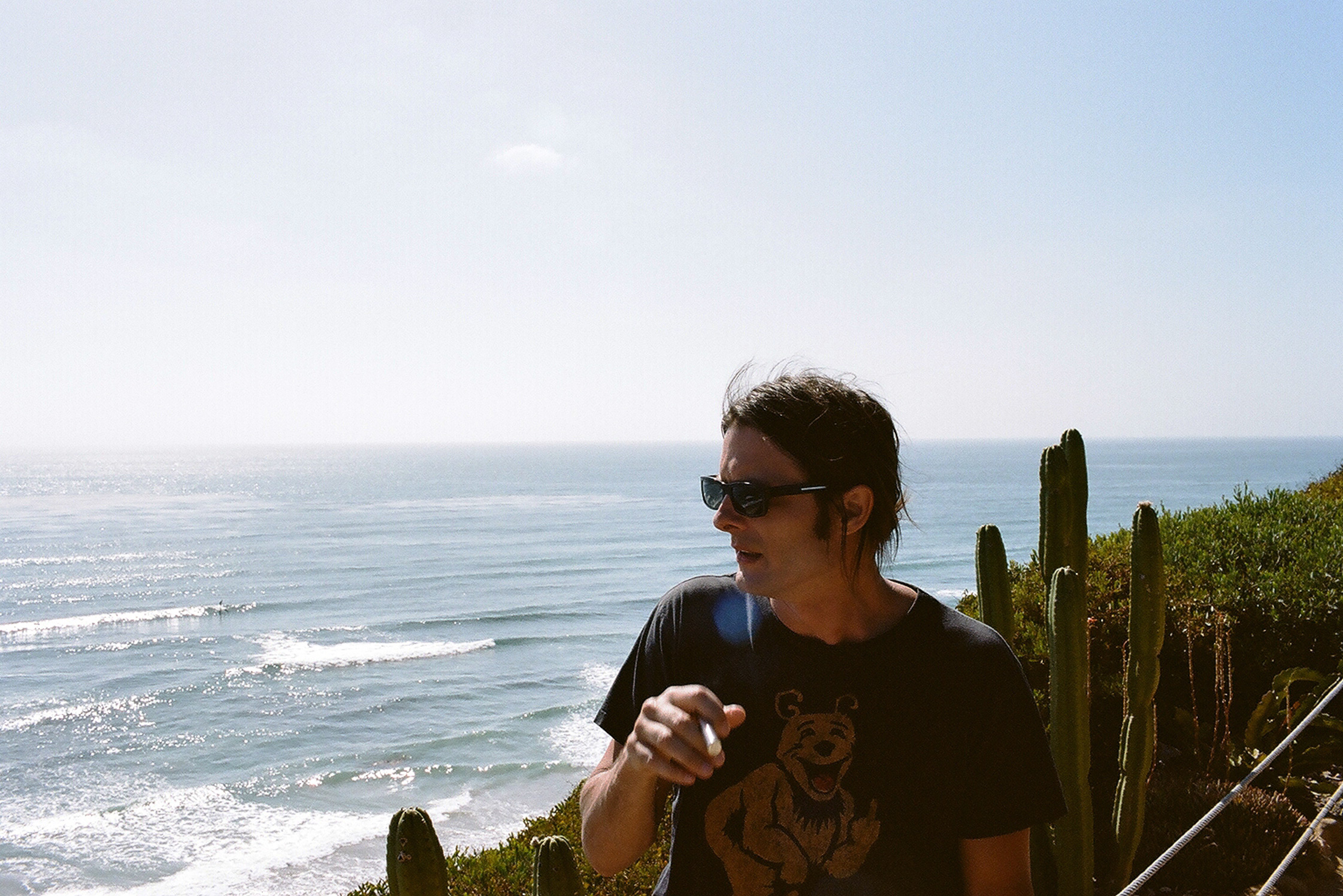
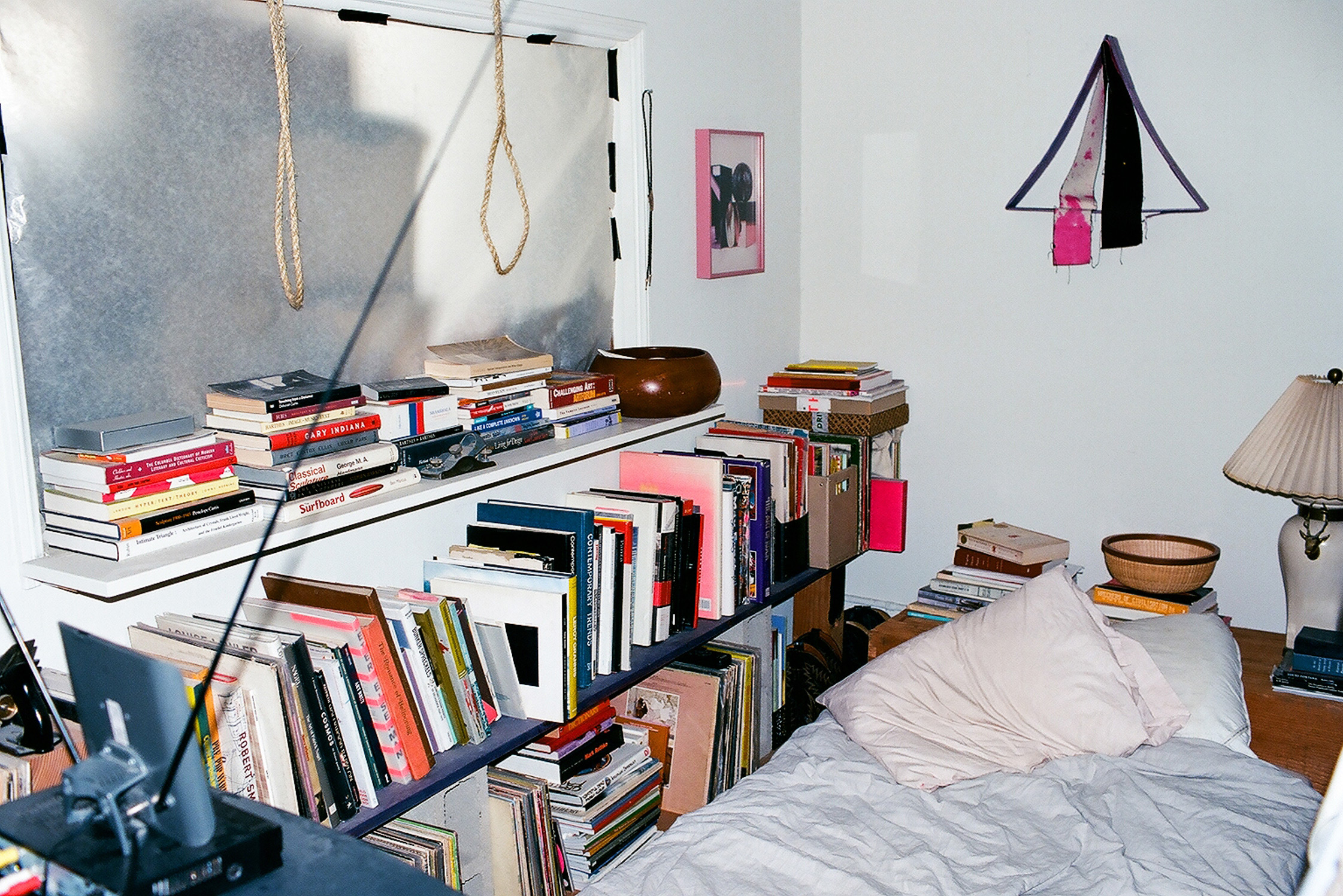
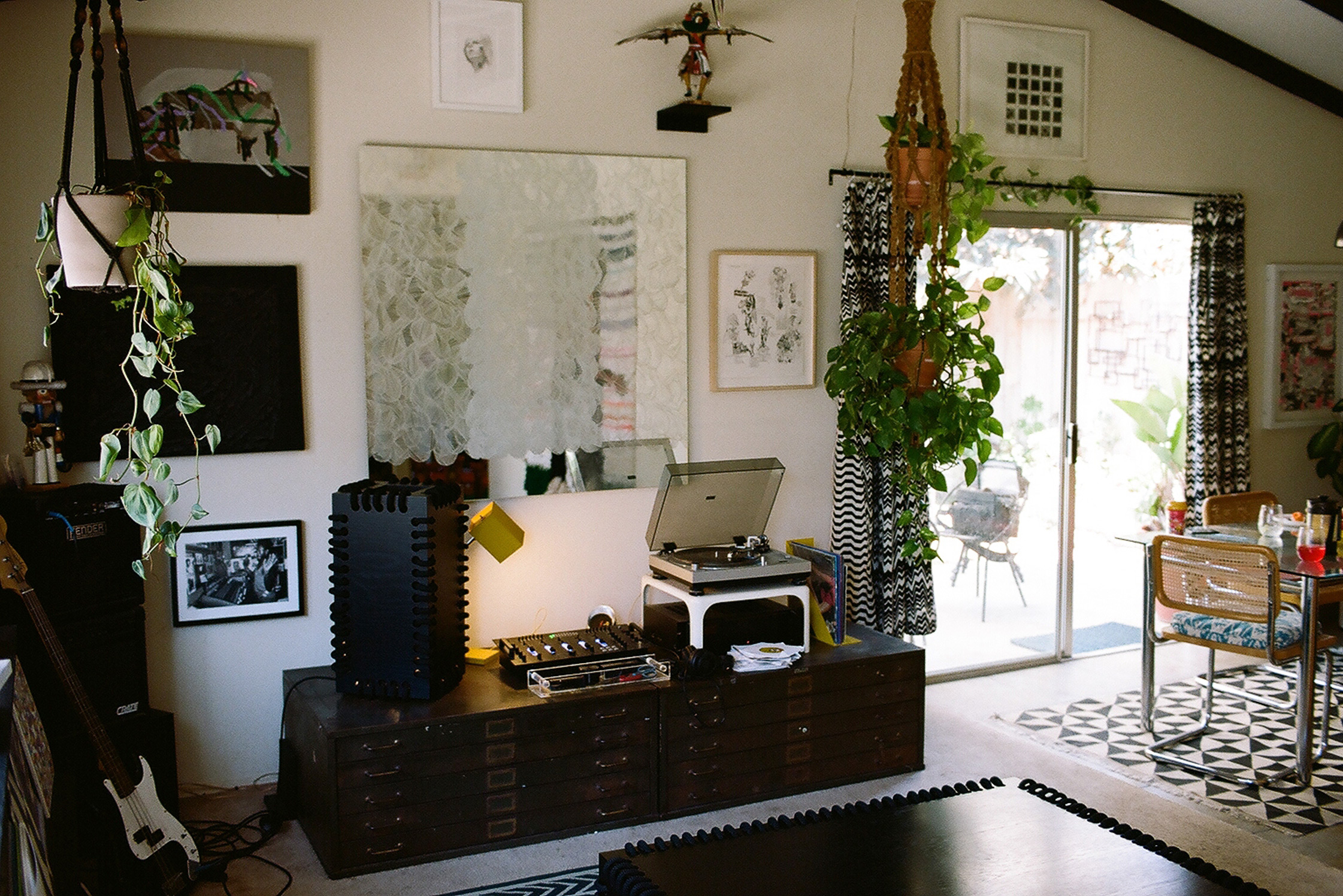
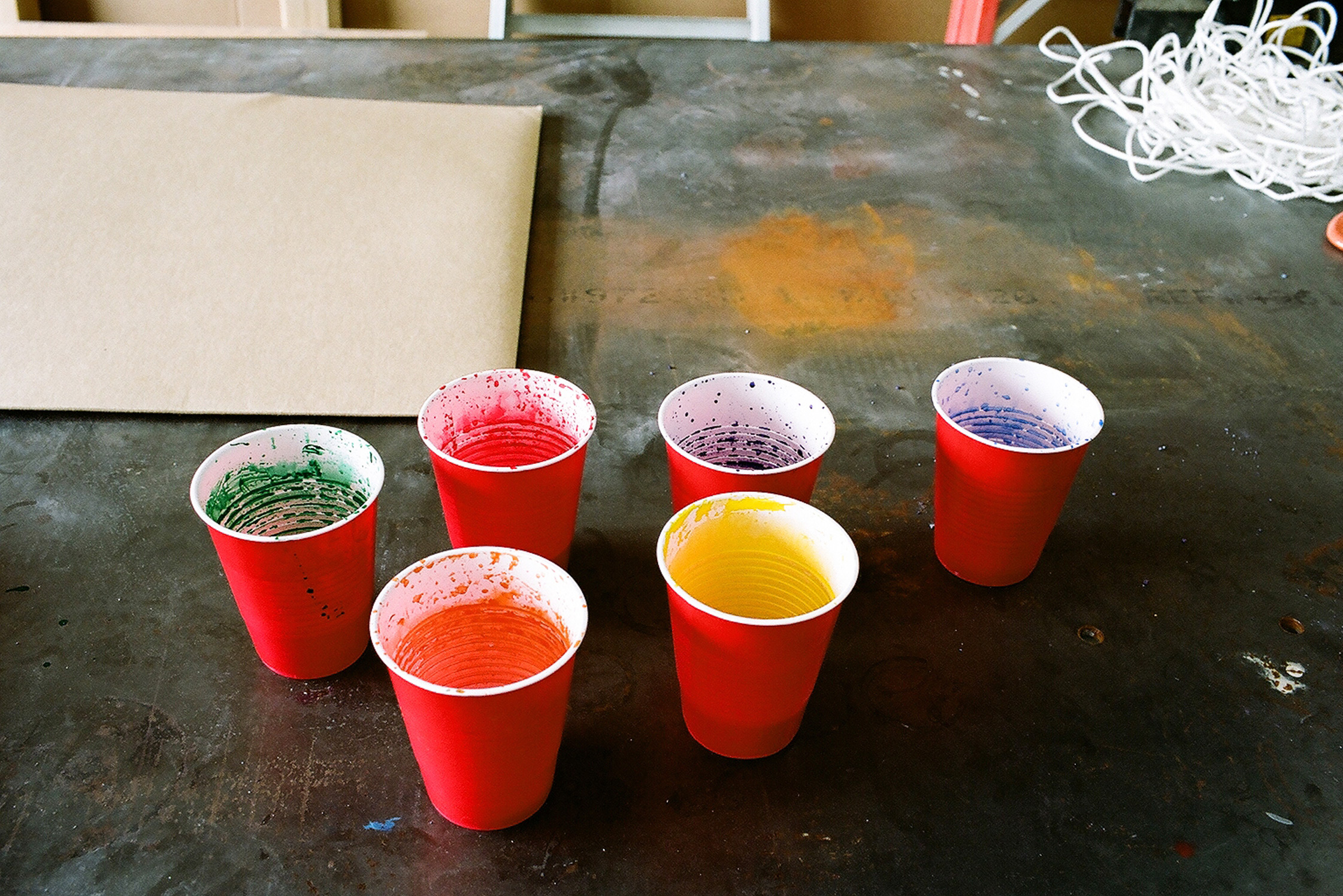
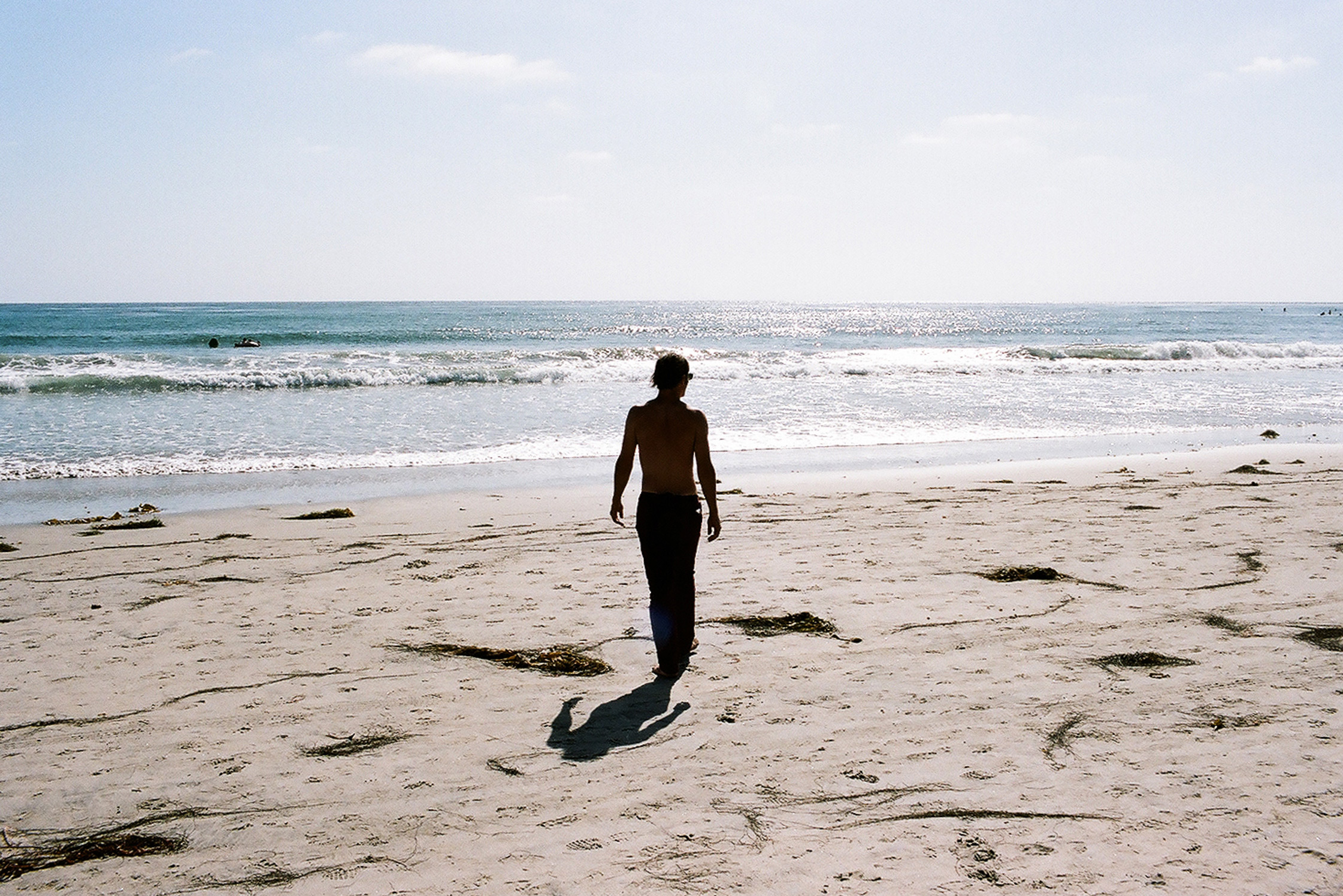
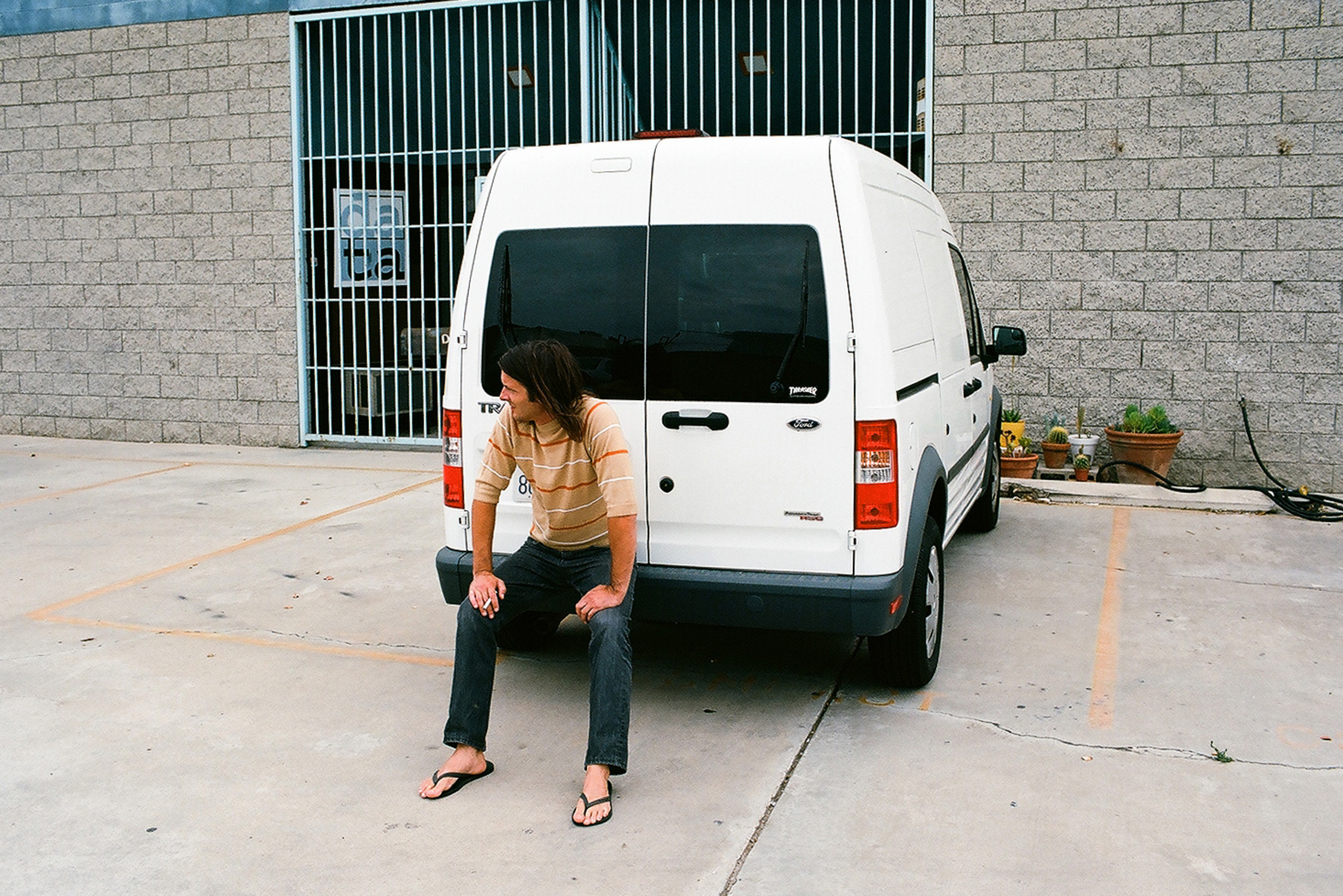
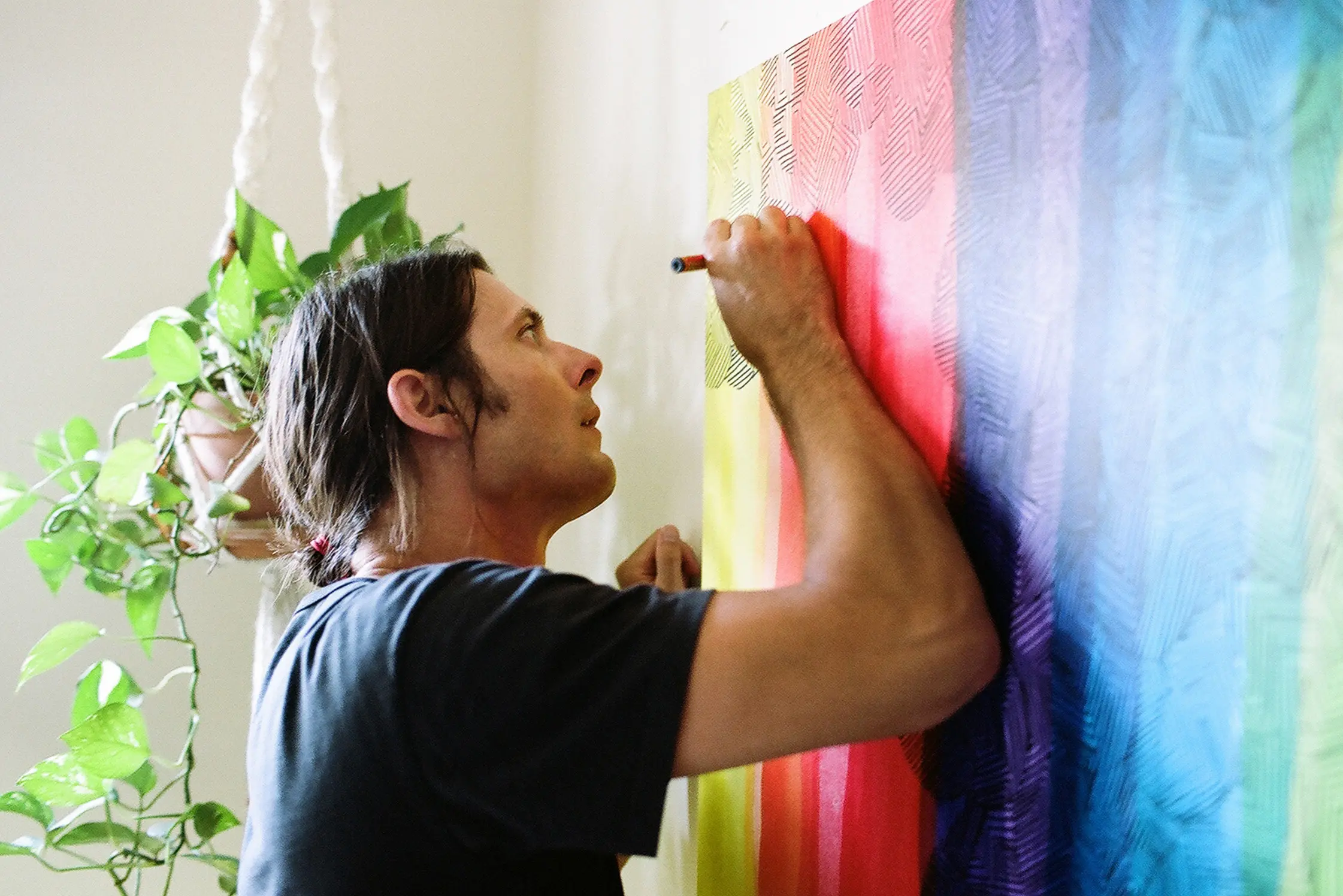
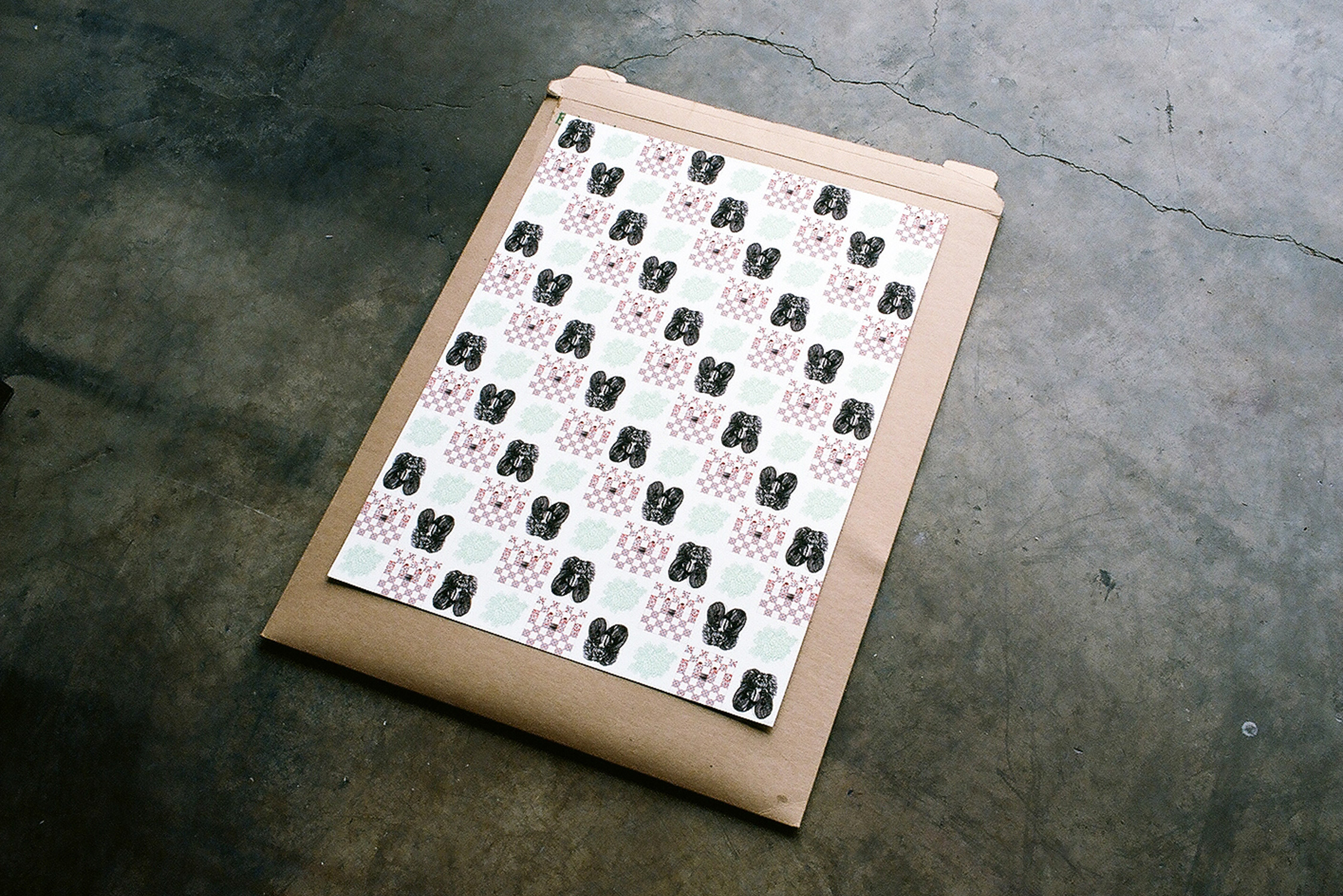
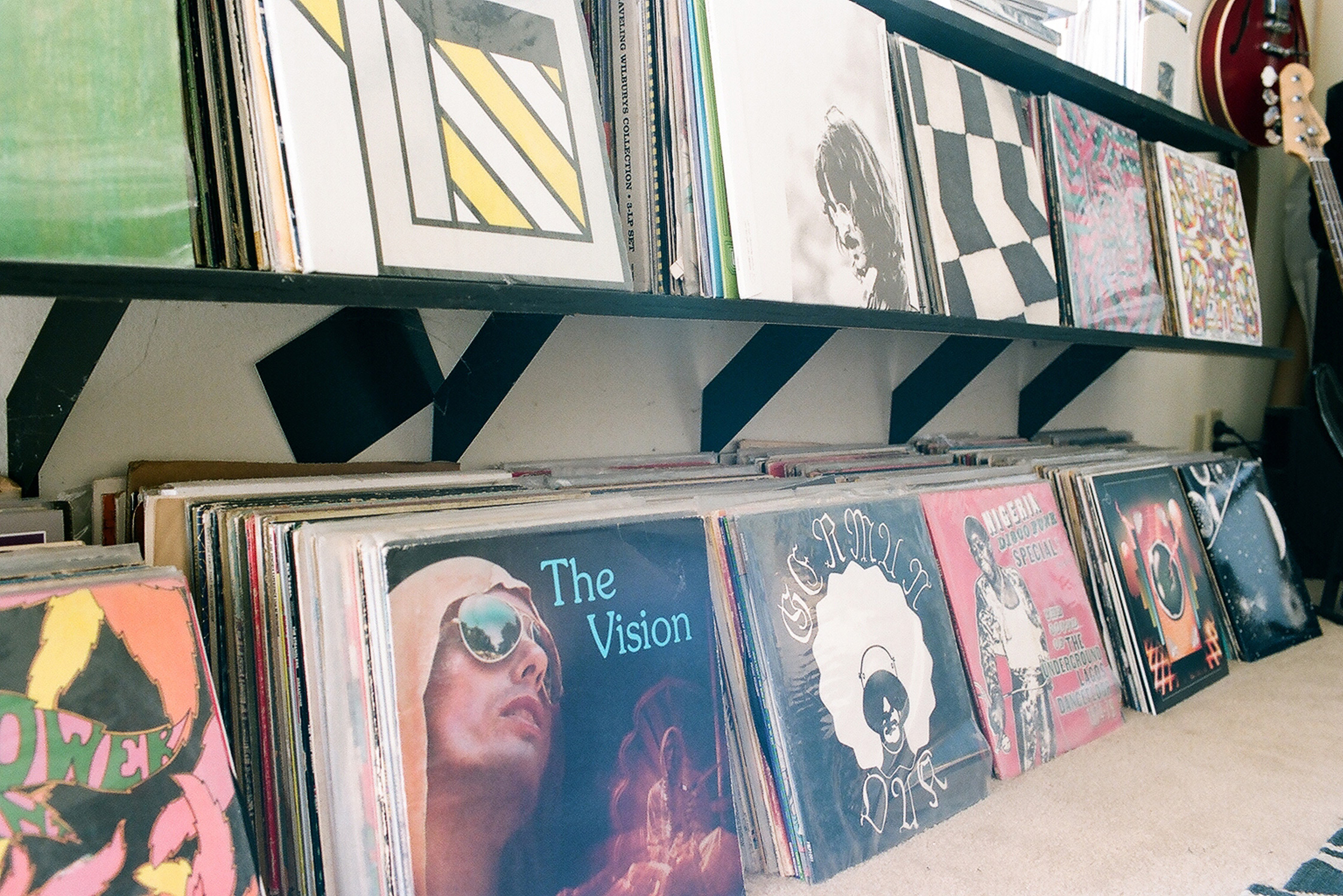
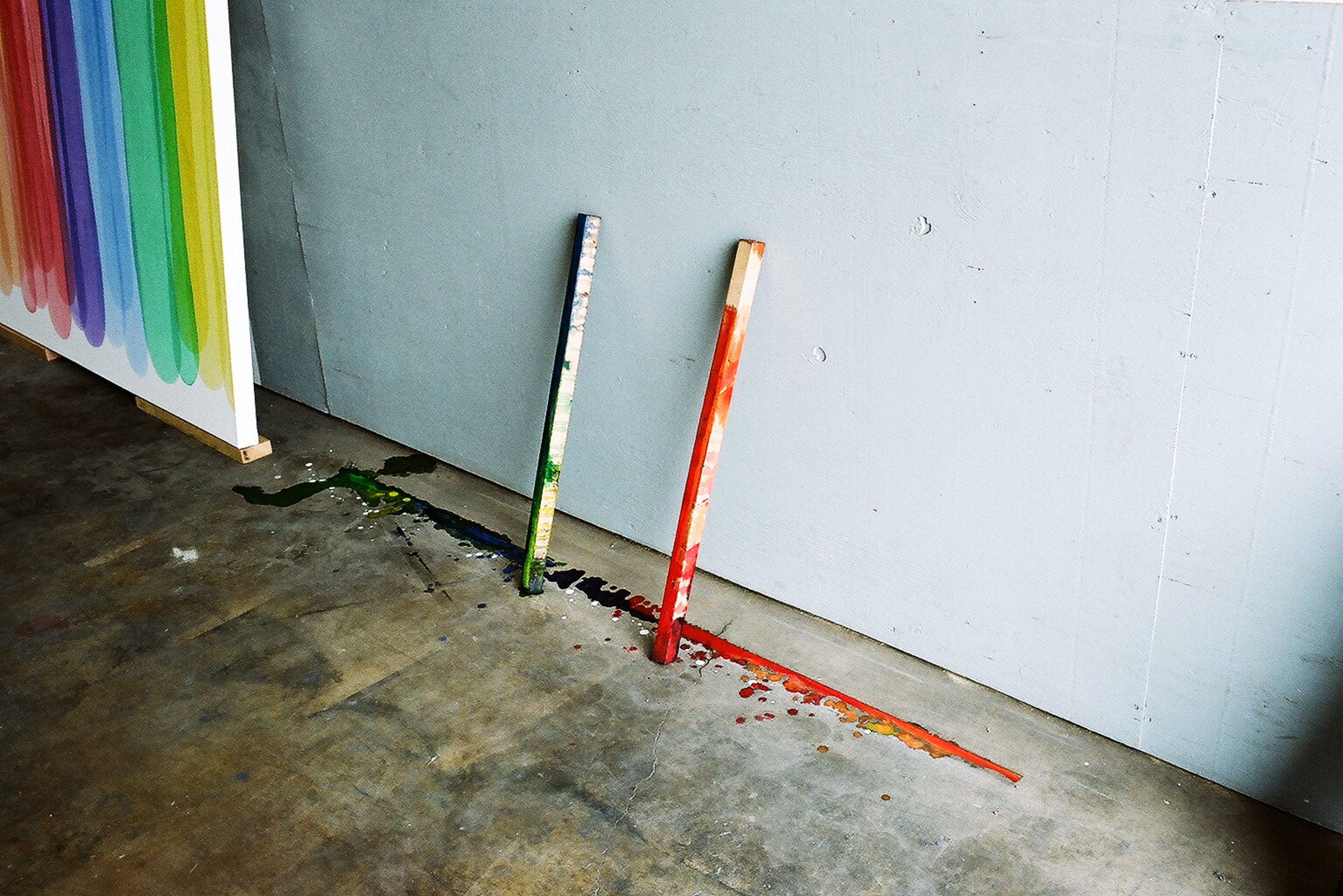
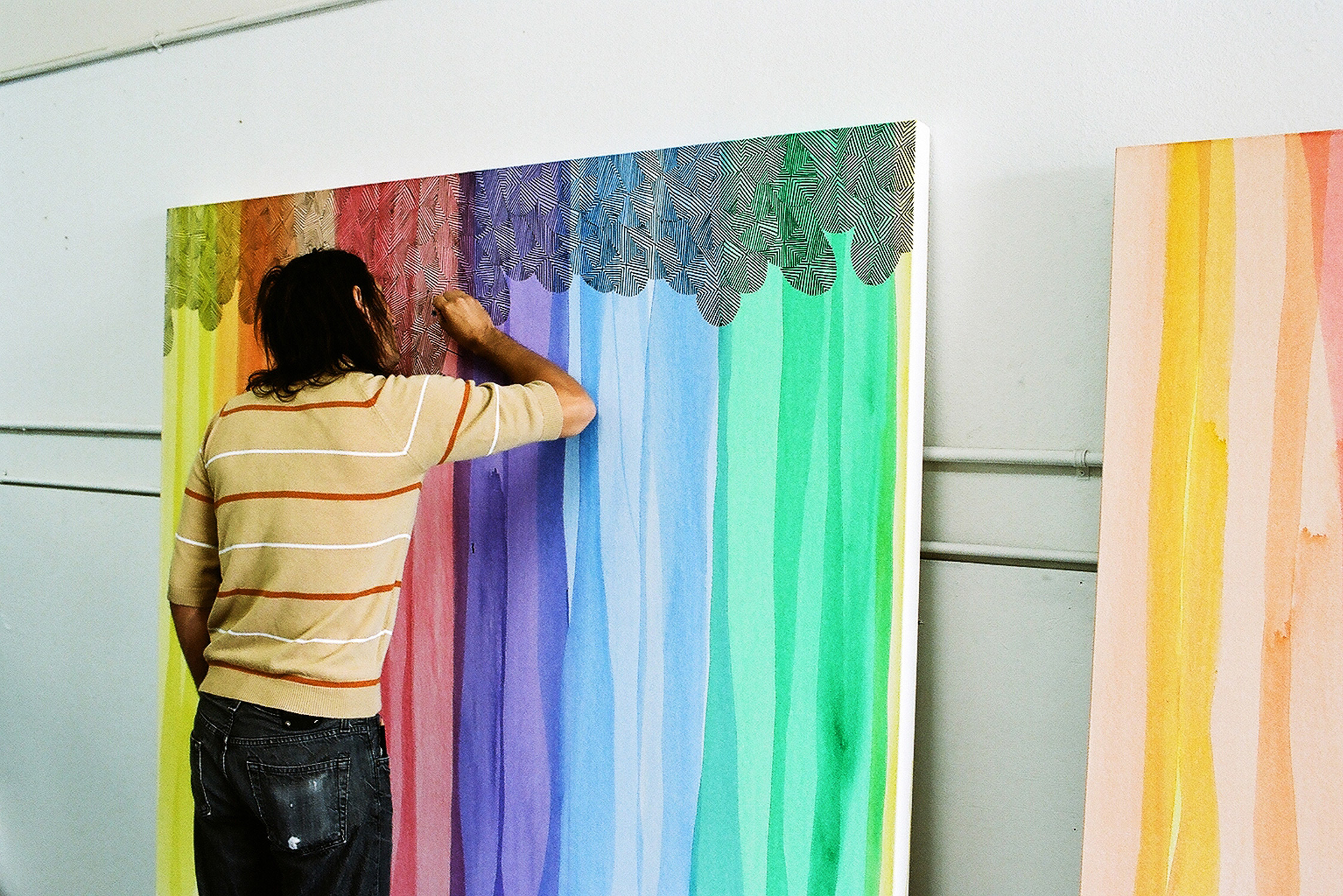
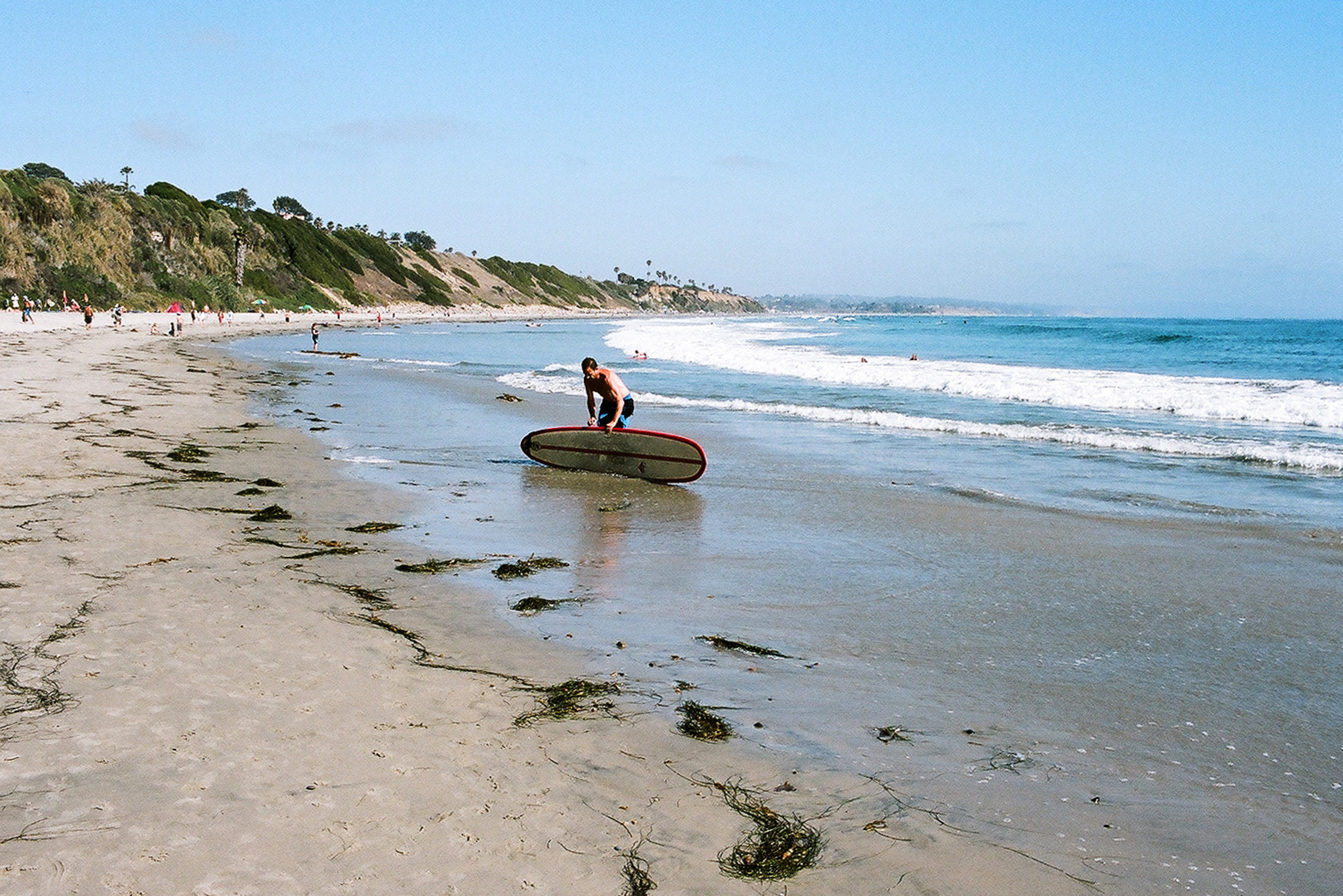
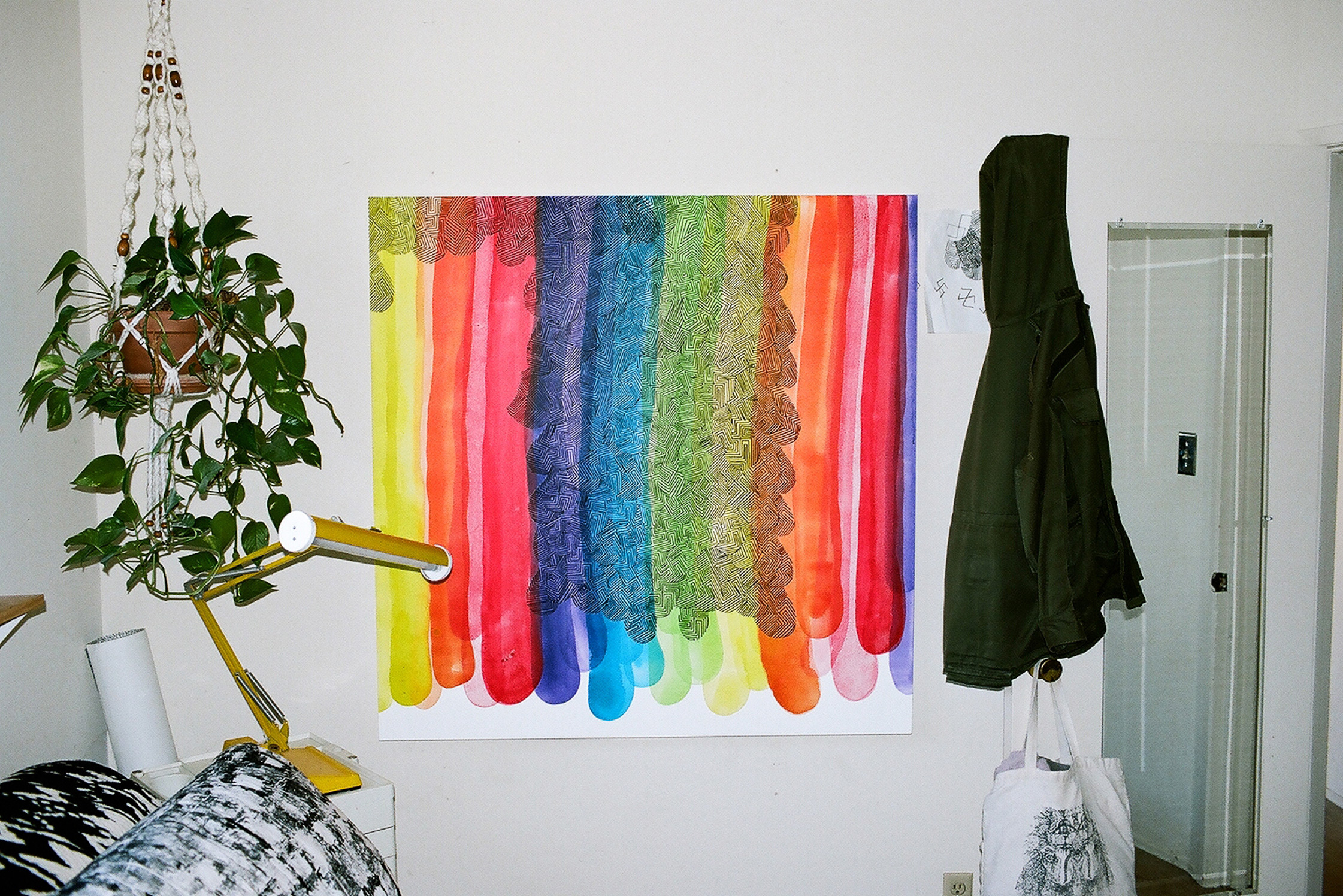
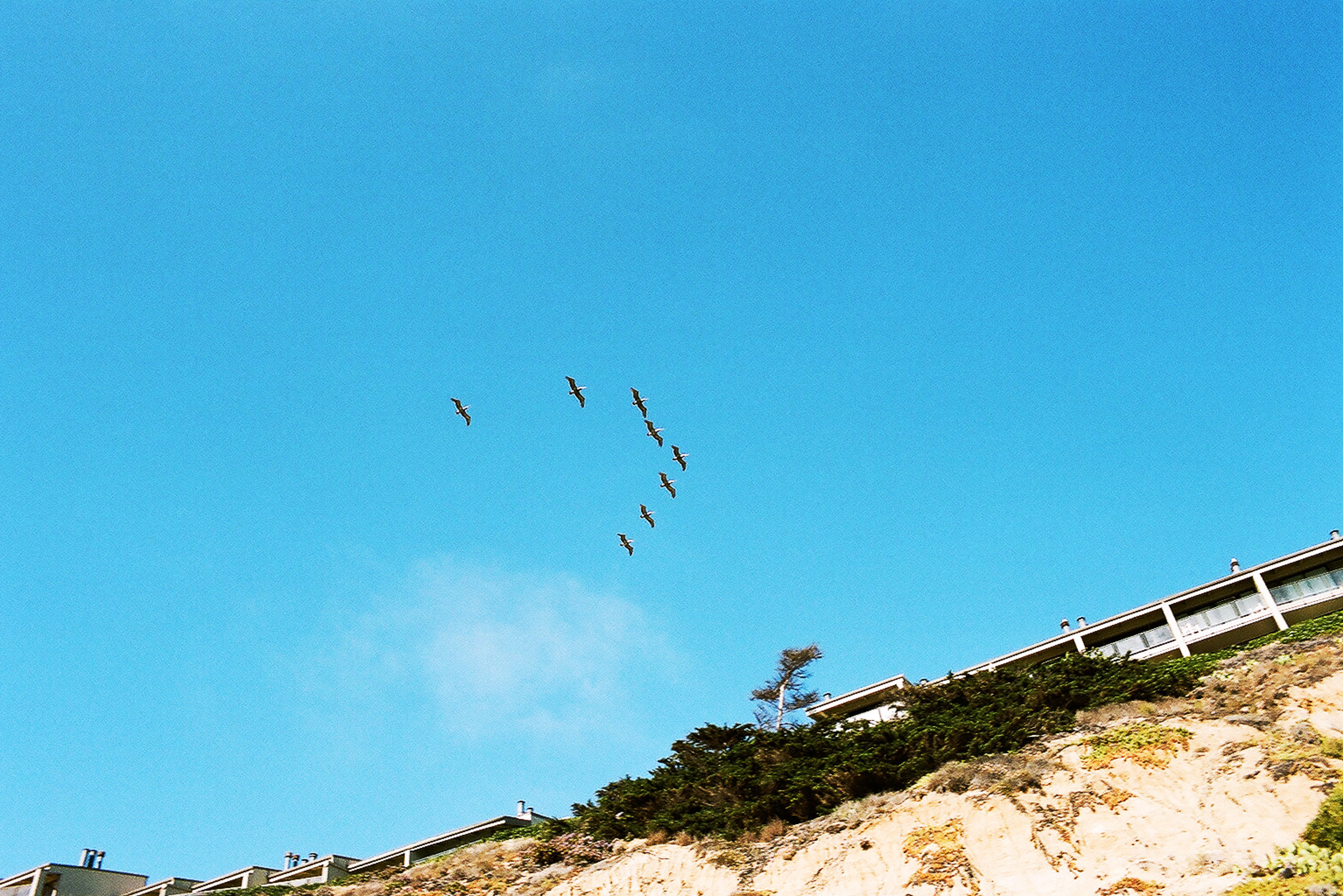
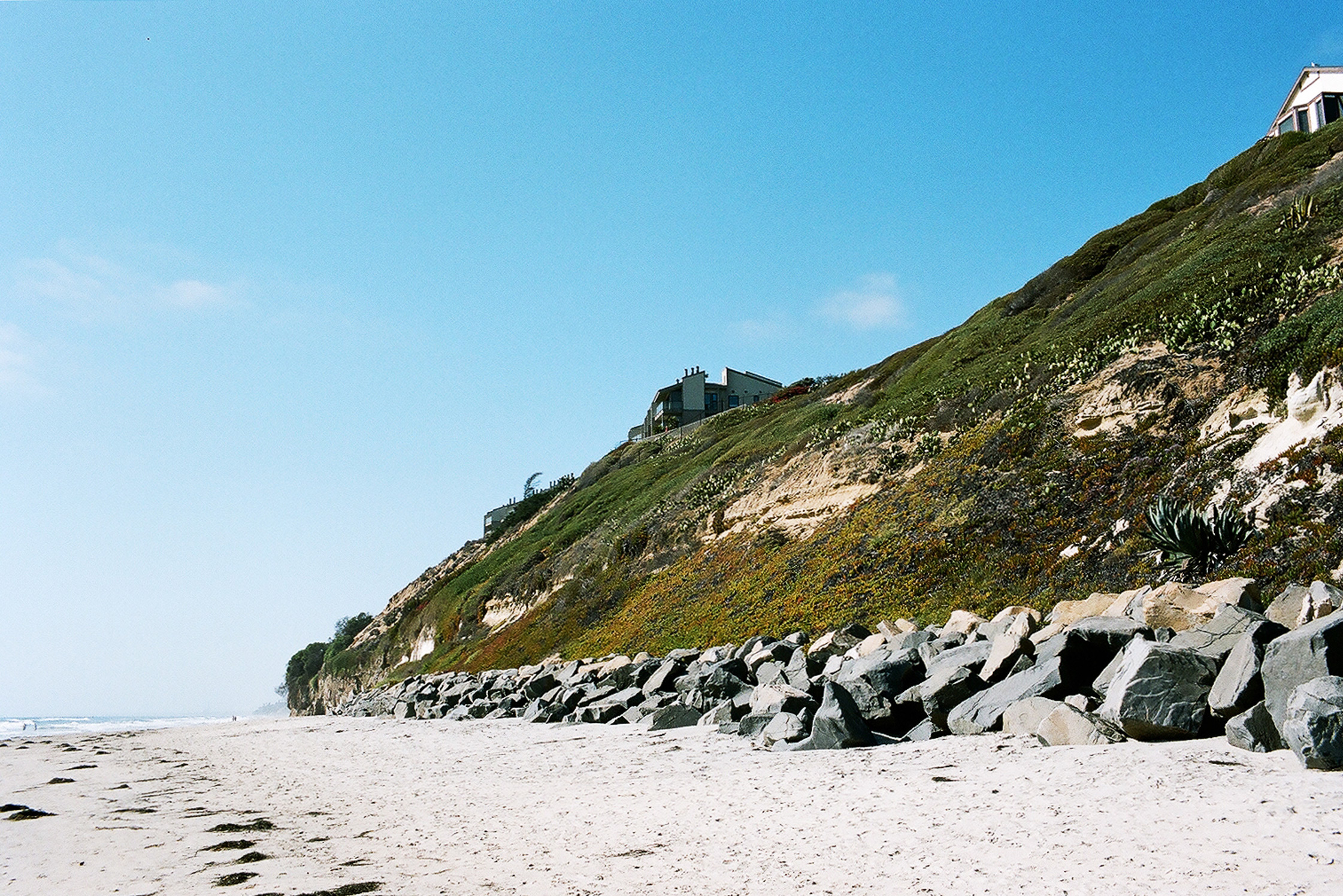
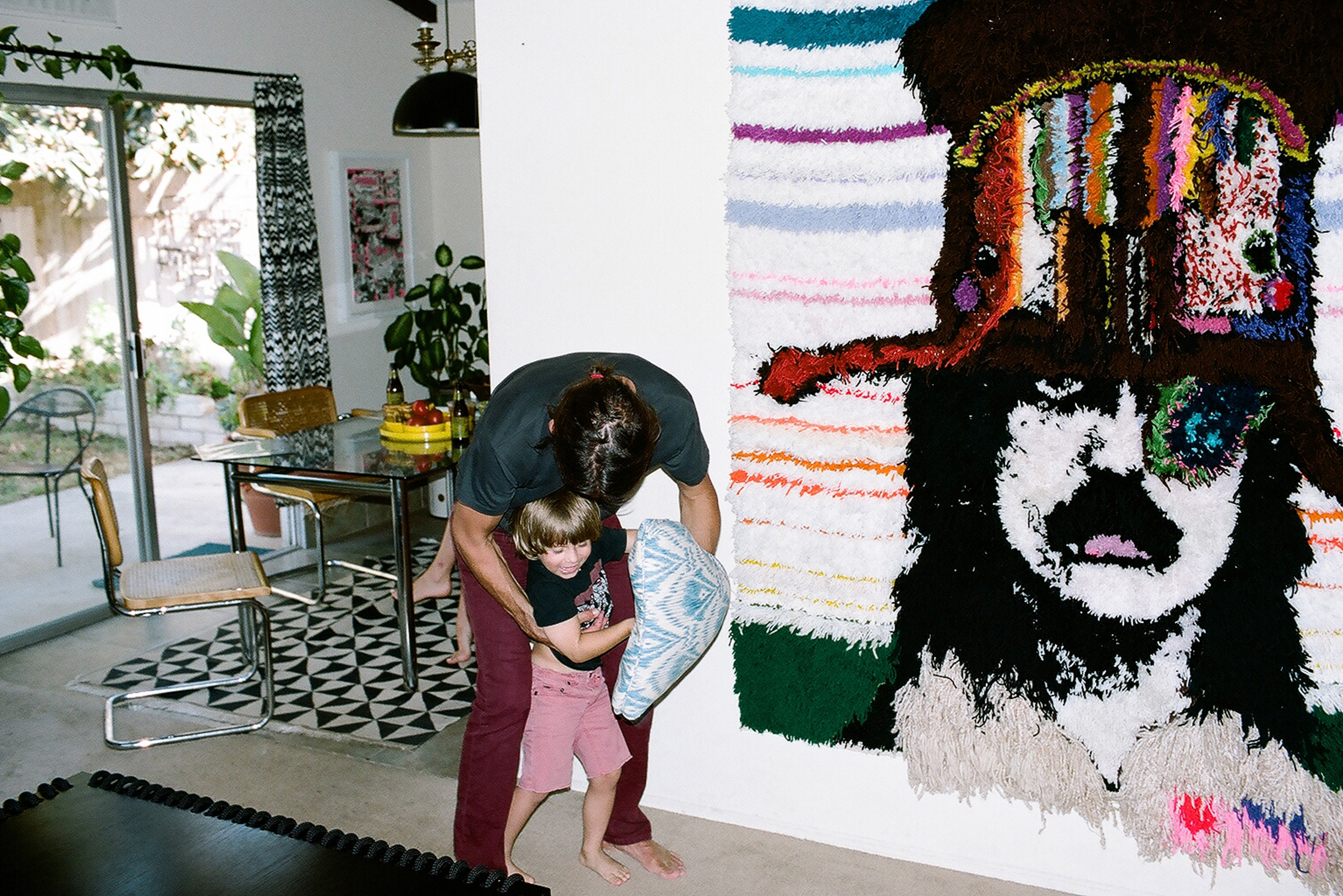
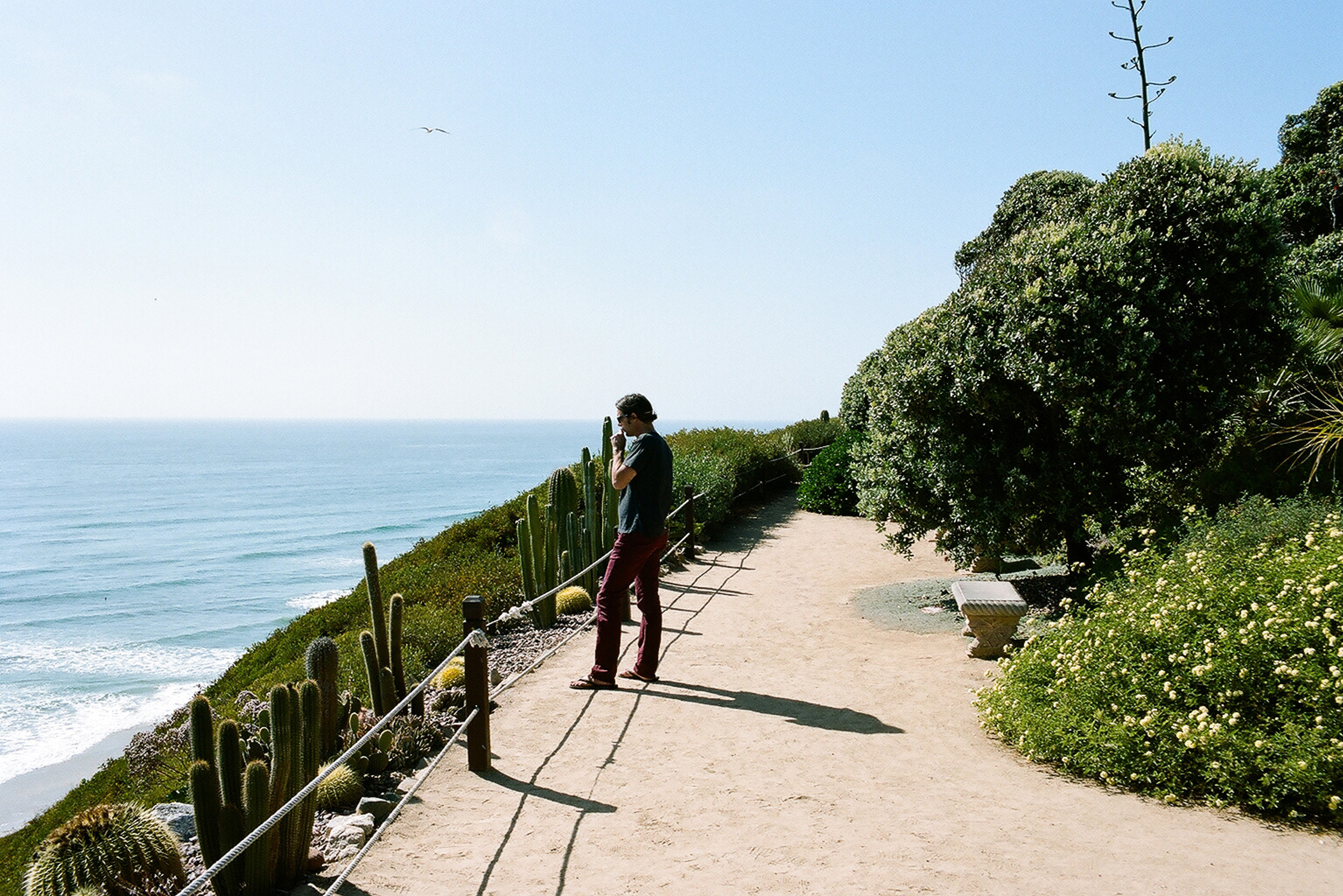
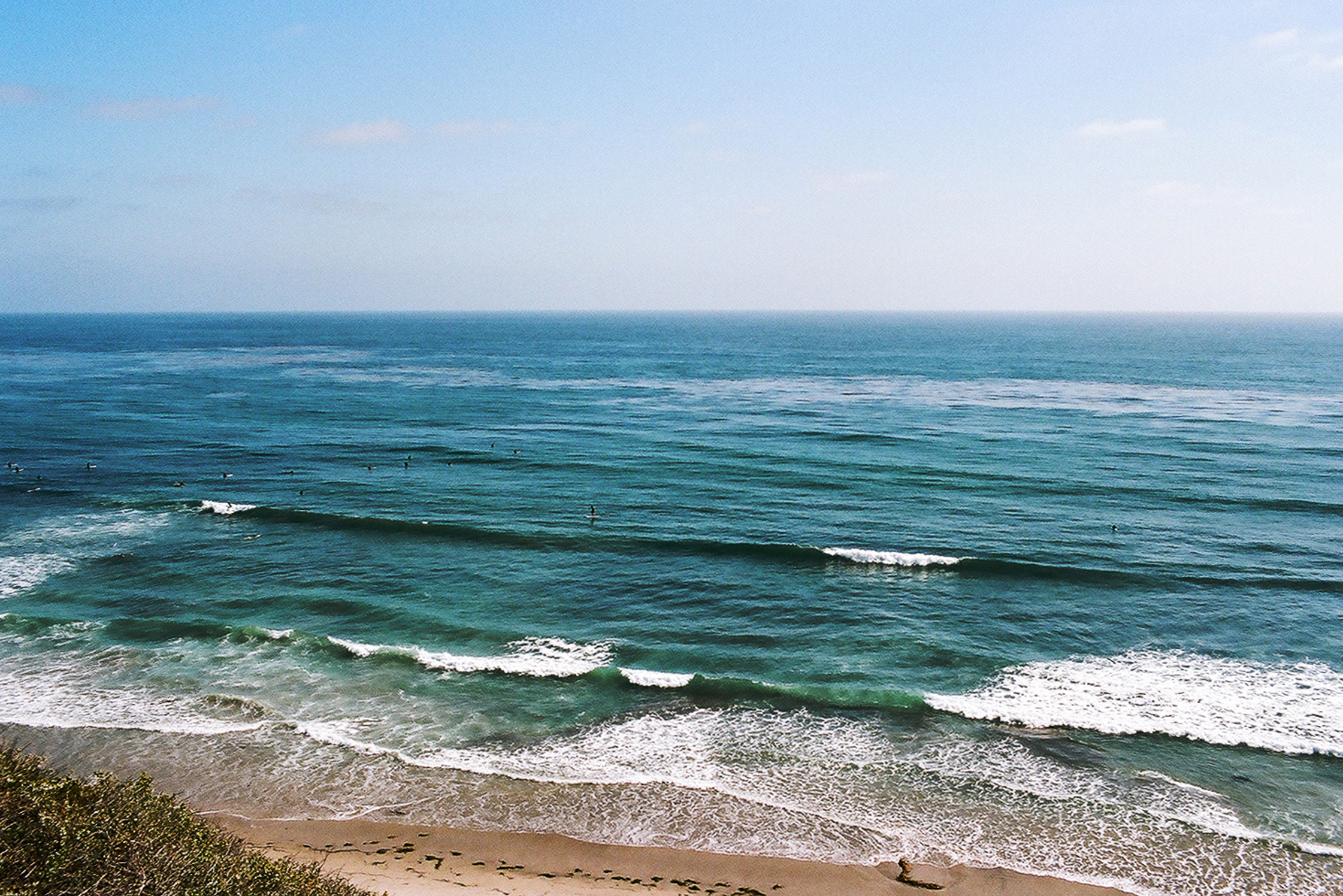
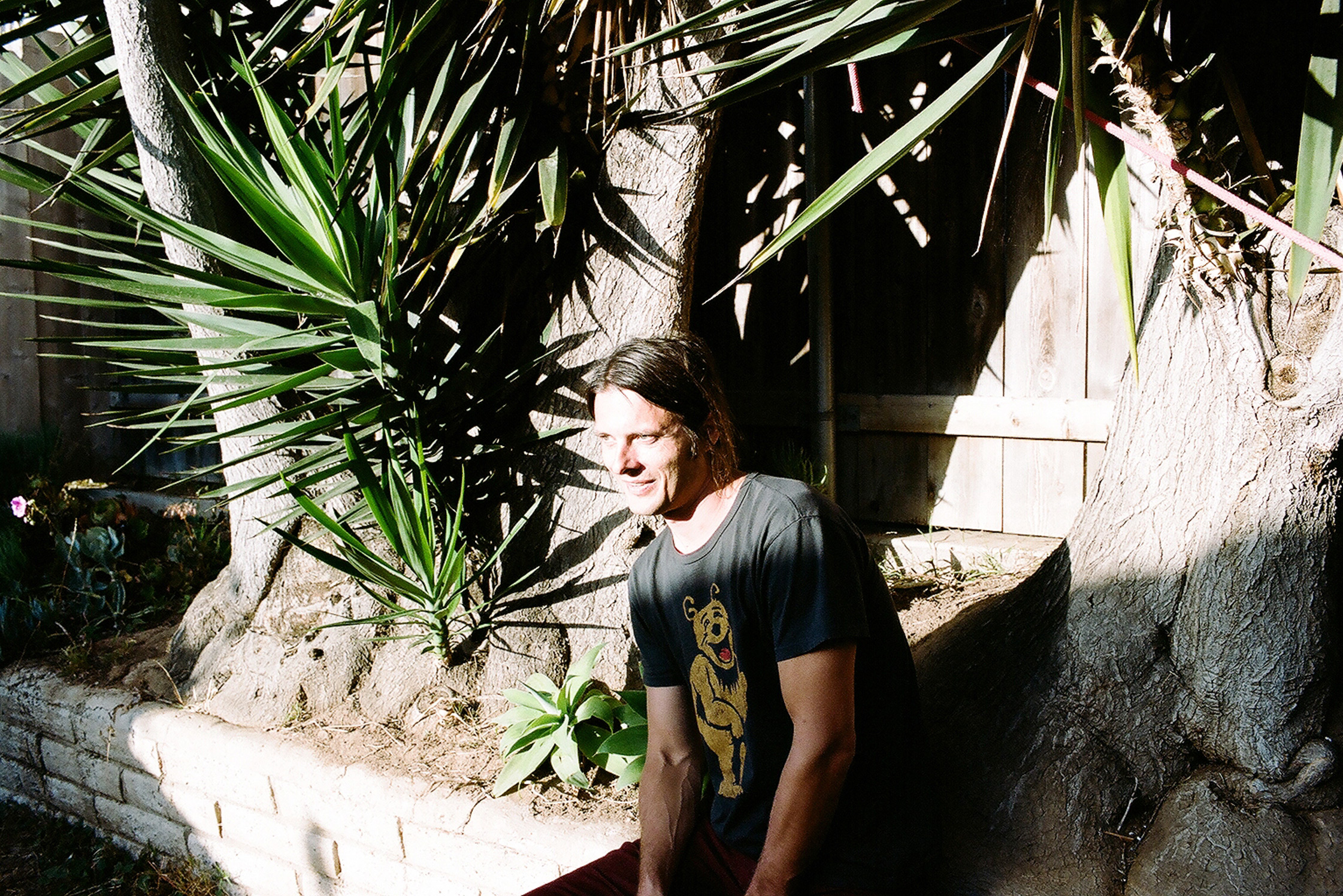
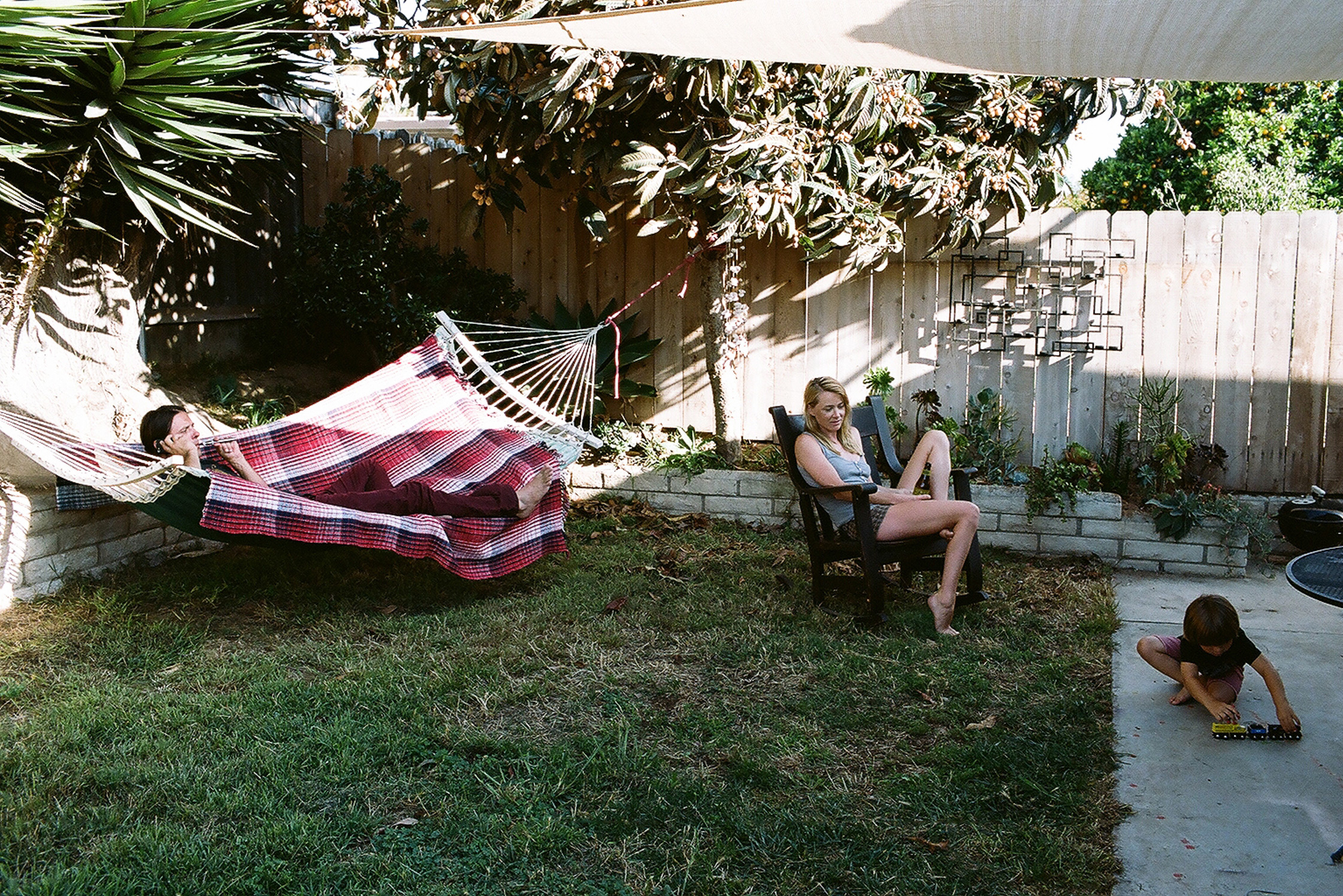
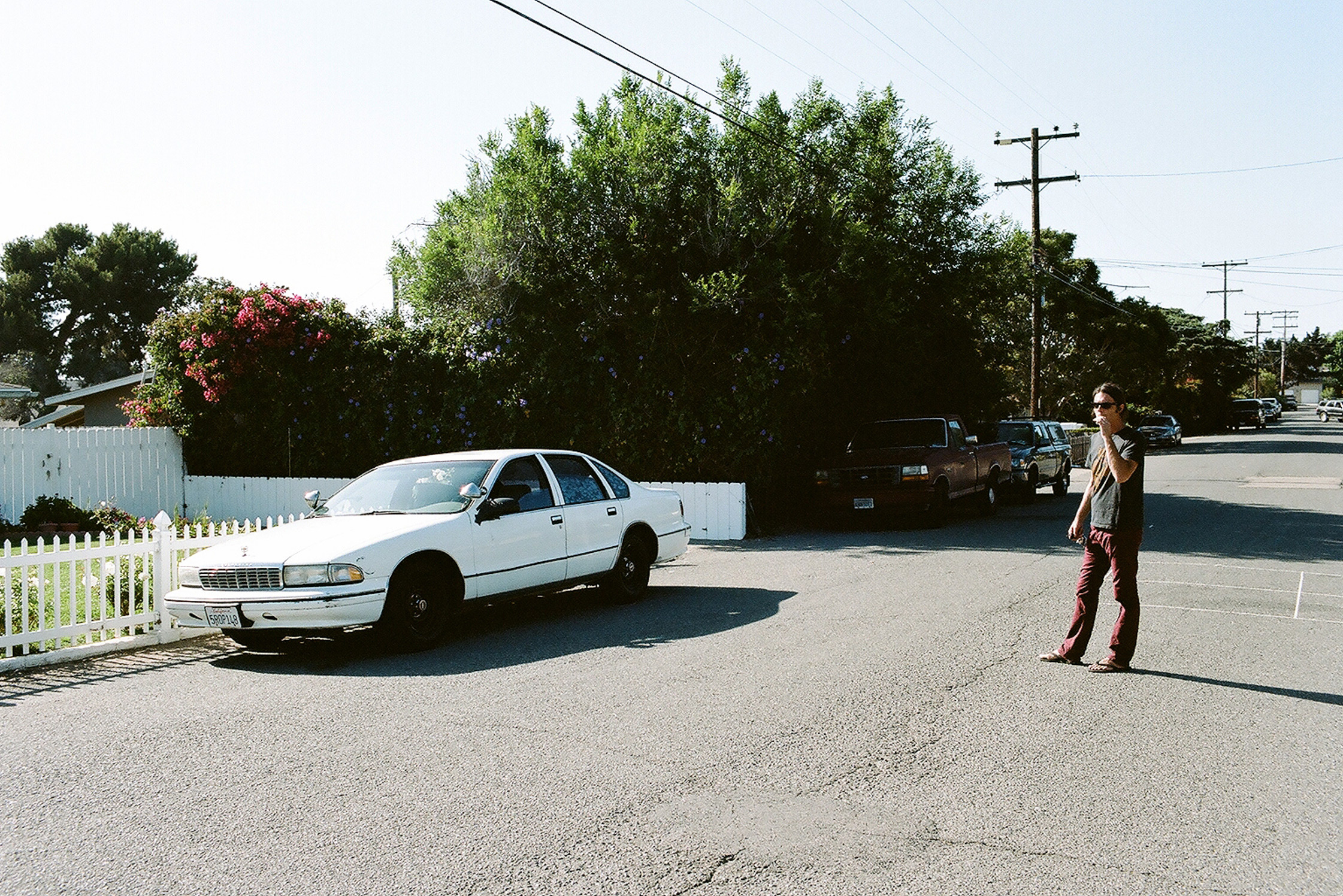
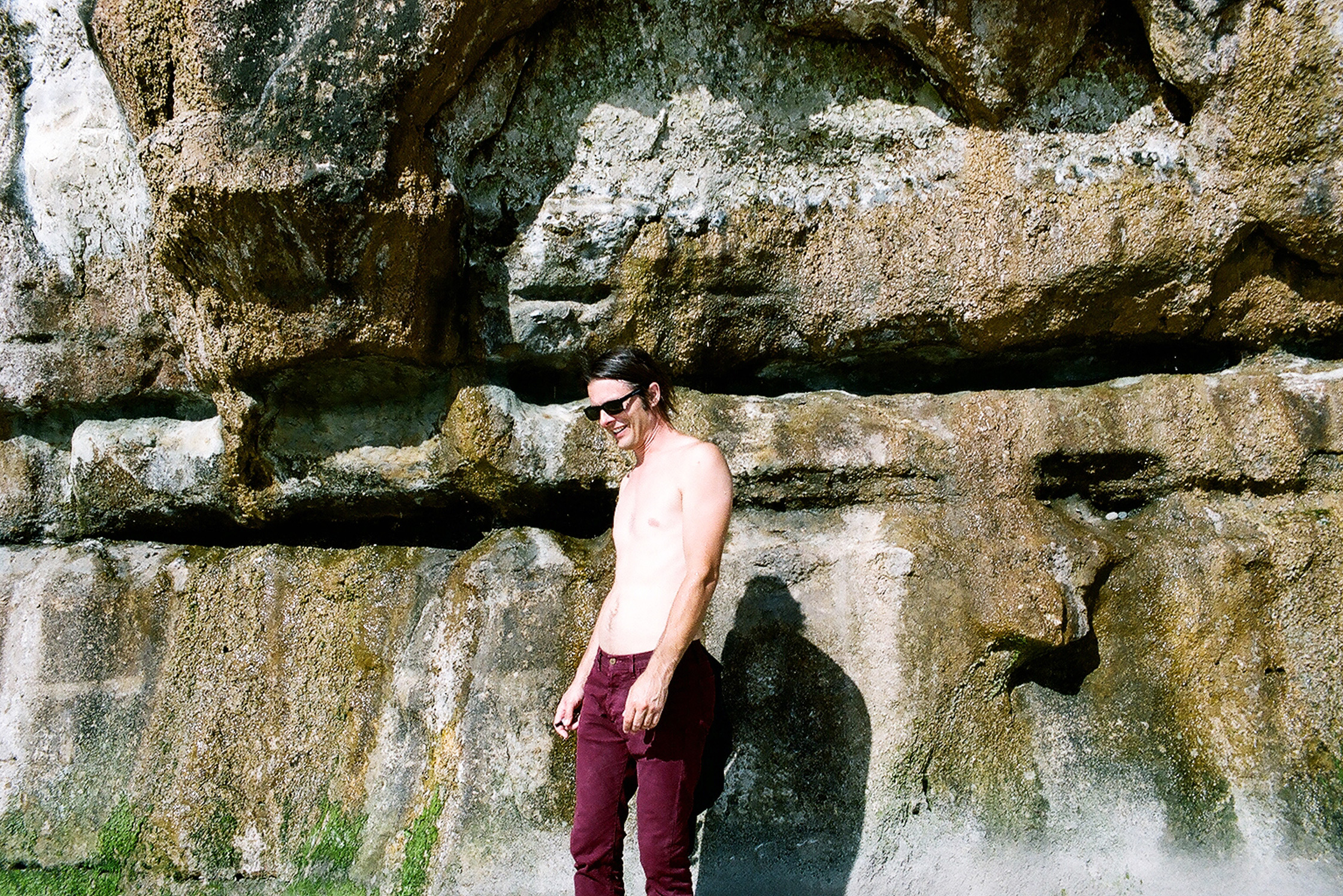
Jason, you grew up in Detroit, Michigan. What do you remember from your childhood?
My dad owned a security business and I remember riding around in his van and watching him install steel bars on the doors and windows of residential and commercial properties in and around Detroit. I suspect some of them were crack houses. This was the time of Maserati Rick and the Chambers Brothers. I remember the public reaction to the car companies outsourcing jobs and closing plants. It became a risk to drive anything but an American car around Detroit. I remember an African American Santa Claus at one shopping mall and an Anglo American Santa Claus at another. The murals and cobblestone streets of Eastern Market. Steam rising from the manhole covers. I remember watching a city turn to ruins, but still maintain its spirit.
Moving to the beach community of Encinitas is quite a contrast: from Motor City to palm tree lined Southern California. What was the reason for the move?
It is important to note that I left Detroit and moved to LA in 1996. At this point, I have lived in Southern California for almost half my life. I have also lived outside of Santa Fe, in Harlem, in and around Tucson and Phoenix. Encinitas became my escape. I have a home and a studio in LA, too but, I never really felt like a “Californian” until I lived in Encinitas. My son played a major role in moving here. It feels safe.
Did you always know you had a creative spirit growing up? Is this something your parents fostered?
I never outgrew drawing. It is something I’ve always done. I admired my uncle who was a staff illustrator at Creem Magazine in the time of Lester Bangs. I come from a family of artists and craftsman. I have always known what I was going to do and it was never questioned by my family.
After school you undertook your Master of Fine Arts at the Art Center of Design College Pasadena. Did you feel when you graduated you had started to develop your own visual language, or did this come later?
Honestly, I feel I started developing my visual language long before I entered graduate school. This really began to develop in high school. Like I said, I had many people around me offering encouragement from an early age. I had to go through a few years of unlearning all the information I consumed in graduate school.
One of your teachers was Mike Kelley. This must have been quite inspirational?
Absolutely. I was also a part time studio assistant for Mike. I had a great deal of access to him. It was inspirational, but it was also daunting. Brancusi once said of working for Rodin that, “it is hard for a sapling to grow in the shade of a great tree”. I agree with that.
Where do you make your work? It is important for you to separate life and work?
I make work in the studio, on the dining room table, on the living room floor, in the driveway, in bed, and all over the house. I also work on site during a given project. If it is important to separate my life and my work, then I am a failure. Just ask any of my ex wives.
In your practice you use textas, ink, acrylics with a lot of parallel strokes and markings with heavily worked areas. What is your motivation for making work? You once mentioned the economy of the art market dictated the materials you used and also perhaps the subject matter, or lack thereof.
I am not interested in the art market or its economy. That is the concern of gallerists, collectors, investors, and politicians. My economy is based in my studio. When I speak of “economy”, I speak solely of my own. I am considering the language of materials, labor, and time in my economy. I don’t ultimately care about the art market and I certainly wouldn’t let it influence my studio practice. That is not my role.
In terms of a motivation for making work, honestly, I have forgotten what that would be. I like my days, I like my nights. I enjoy my work.
Can you talk about some of your main inspirations?
When I was young, I discovered the work of Pedro Bell who was responsible for many of the Funkadelic record covers. His language was of great interest to me, because I could see how he transformed suffering – a kind of suffering that was foreign to me, admittedly – into something positive and otherworldly. Taking cues from Sun Ra, Miles Davis, and George Clinton, he put African Americans in space. He made a group of oppressed people powerful. He created a positive identity and sense of hope. I like the manifestation of his critique.
I have also had the benefit of drawing inspiration from my own community. The conversations from long term artistic relationships have been critical to me: Patrick Hill, Ariel Pink, Parker Jones, Matt Fishbeck, Rick Fusco, Ed Schad, Bruce Hainley, Courtney Garvin, and the late Matt Blake. These people are amongst many who continue to inspire me. I am surrounded by artistic forces of nature. Art is an on going conversation.
You have produced a range of commissions and projects, do you have any favorites?
My favorite commissions are the ones where the money people get out of my way. As time has gone on, this is not much of a problem. I hate to short change you on this question, but my favorite is whatever I’m working on at the time. Once I finish a project, it is dead to me.
What are you working on at the moment?
I seem to have several projects going at any given time. Currently I am producing paintings for upcoming solo shows in LA and Houston, paintings for fairs, a sculptural environment edition with Semiotext for a museum show in NYC, a manga comic, and some private commissions.
Your home has such a relaxed vibe, with indoor plants, a hammock out the back and countless artworks on the walls, there is a nod to the 70s with a psychedelic touch. Did you have a hand in the interior decoration?
Yes. I take interior decoration fairly seriously. I’m not saying I’m good at it. I’m also a dictator. I insist on dominating my living space, which is probably why I end up living alone. I’m constantly hanging and rehanging. I actually ran out of room in Encinitas and am now working on my place in LA.
There are a lot of your own artworks on display. What is the story behind the huge shag pile work?
I made that. It is called Master Witch (for M.K.). It is a portrait of Don Van Vliet. It took me many years to make it. I began its production when I was working for Mike. I spent a lot of time in thrift stores as that was part of my job. Mike would give me a list of materials he needed and I would source them. We would talk thrift stores and Captain Beefheart quite frequently. This was my idea of the ultimate thrift score.
What an amazing record collection. It looks like you have quite an eclectic taste. If you were stranded on an island which ones would you take with you?
None. You need electricity to play records. Instead I would take pot seeds and a couple guitars.
You are also a DJ. Do you perform often?
Not nearly as much as I would like to, or have time for. I tend to nerd out for days in consideration for my set lists. It is something that I absolutely love doing. I suppose you could say I DJ every day using social media. Sharing music has been a passion of mine since high school. I used to play records in the cafeteria during lunch. It is something I have done for decades now.
You have a dream catcher in your car and some other interesting trinkets throughout your home, do you consider yourself superstitious?
I’m actually more nostalgic, than superstitious. The dream catcher you mentioned is meant to be a bit more ironic, than esoteric. That car is a decommissioned police cruiser. I step on cracks, break mirrors, spill milk with impunity.
Your bedspread looks familiar. Is this the same one you used in an exhibition at Anna Meliksetian and MJBriggs gallery last year? Can you tell me about this show?
The title of the show was, Every Self Portrait Is A Cry For Help. That was my divorce show (laughing). There are many things going on with that install, but I would be lying if said it had nothing to do with my last divorce. It shattered my ego, which I would later realize was the best thing that ever happened to me. Anyways, I wanted to make a huge bed, a bulldozer of a bed to recuperate my masculinity – something grand to fuck in. But, the bed was never used for such purposes and it became about death. The death of my ideal family.
What do you love about your neighborhood in Encinitas?
My neighbors. I have never had such a tight knit group of neighbors. I am surrounded by good people. I feel a sense of security for my son in Encinitas. I am not on guard the way I am when we are in LA.
Living close to the coast must have its benefits. Do you hit the surf often?
I am terrified of the ocean. I try to surf, but once I get past the break I can feel how immense it is. I can’t control it. I mean, I really enjoy being out of my element and the way that being in the ocean gives you a sense of connecting to the rest of the planet, but every shadow that passes under me becomes more than a little unnerving. I do get in but, it is an absolute tug of war every time I do it.
What are your hobbies outside of art?
Everything I do seems to be in relation to feeding my artistic practice.
Do you have any favorite places to eat in town?
El Nopalito. Excellent Mole. That’s one of the many benefits of being in Encinitas and Southern California in general, there is great Mexican food.
You have a young son, Echo. How have you adapted to family life?
I can say with complete confidence that he is the most important aspect of my life. My son has removed me from the center of my universe and taken that space. He has categorically changed everything about my life. As a parent, I am adapting every day. It is an ongoing process. I can tell you that I am on a schedule for the first time in my life. I wake up at 6am and attend to all of his needs, get him to school, go to the studio, work til 5, pick him up, have dinner, some family time, bedtime, and then I pass out. In the past, before Echo I would work for days on end. No sleep. I was pretty launched. Echo grounded me.
Any plans for the future? Perhaps a holiday?
That’s really funny. I’m always on “holiday”.
Jason thanks so much for taking some time out from your family and creative schedule to speak with us. To find out more about Jason’s artistic practice, visit his website here and see his work on the Barbara Davis Gallery website here.
Photography: Daniel Trese
Interview & Text: Rachael Watts
